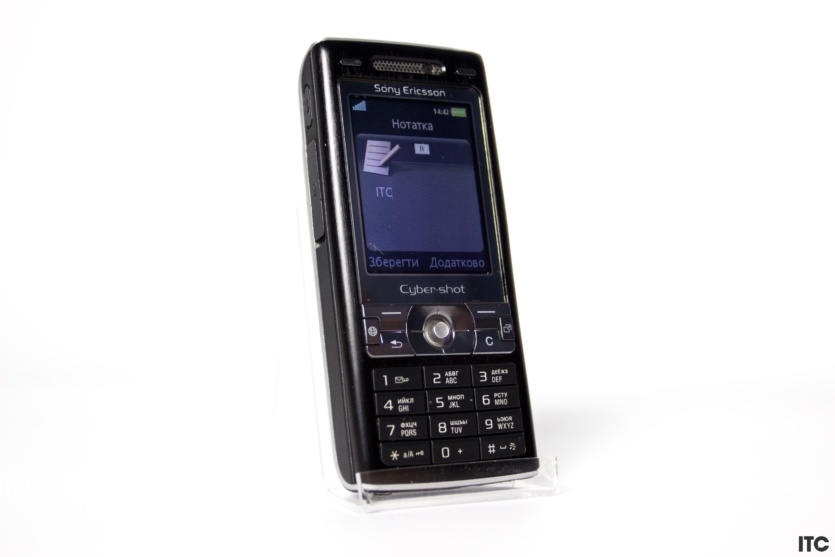
A year before the release of the first Apple iPhone, the world of mobile technology had no idea that the phone would soon be reinvented, and endless content consumption for 8-12 hours a day would become the norm for the majority of the population. In 2006, many good models were released, but the enthusiasm and peak of glory (2005) were no longer felt. A kind of technological stagnation began, although sometimes «slipped through» real hits, which will be discussed below.
Content
BenQ-Siemens EF91
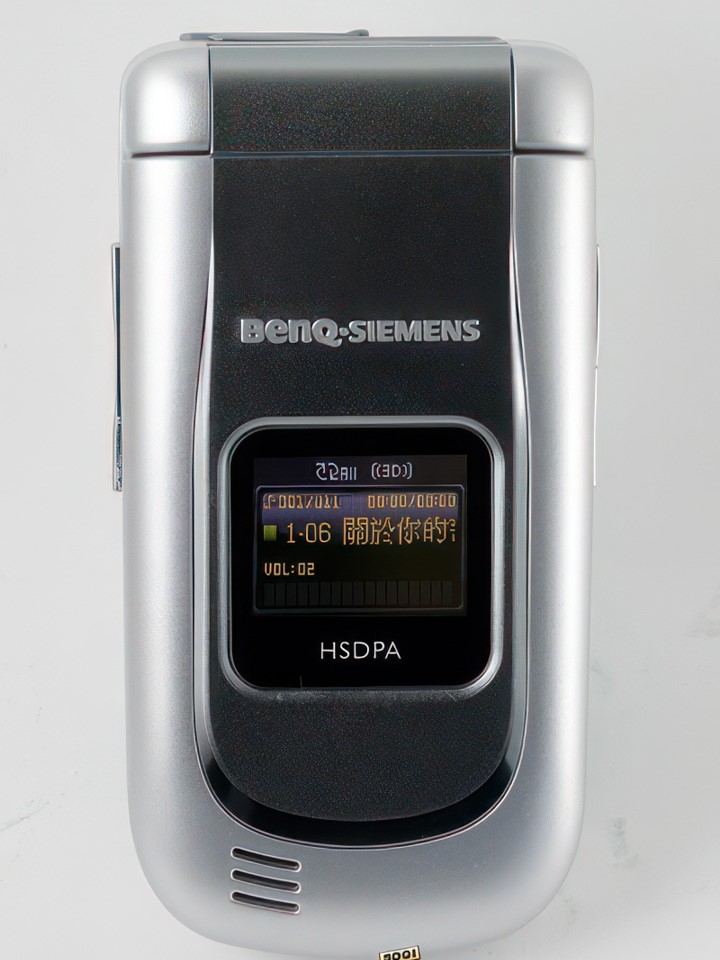
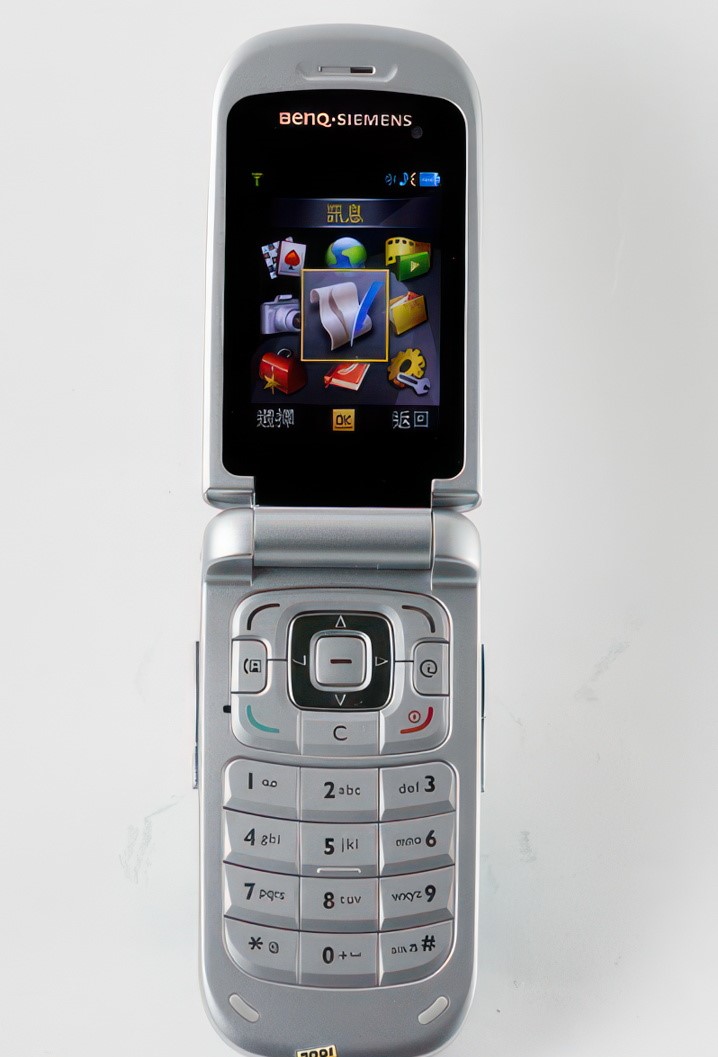

After the sale of Siemens’ mobile division to BenQ, things did not go according to plan, and later the deal led to the complete collapse of the German manufacturer. Despite the short life of the merged brand, several successful models were born, and the main flagship was the BenQ-Siemens EF91.
It was this clamshell that became the first mass-market phone to support HSDPA with speeds of up to 1.8 Mbps. In 2006, this seemed like something phenomenal, because many owners had not yet had time to get acquainted with EDGE 2G or regular 3G, and here we had speeds like a cable connection (with an expensive tariff).
In addition to the new communication module, the BenQ-Siemens EF91 has a top-of-the-line 3.2 MP camera with flash and autofocus, a 2-inch TFT 320×240 pixel main screen and a 94×64 pixel external OLED.
BenQ-Siemens made a decent camera phone that successfully competed with other 3 MP models of the time, although it lacked the quality software support of the top Nokia N-Series, Sony Ericsson, and Samsung. It’s a pity that the company stopped further development, and 2006 was the funeral year for the once great German manufacturer.
BenQ-Siemens S88
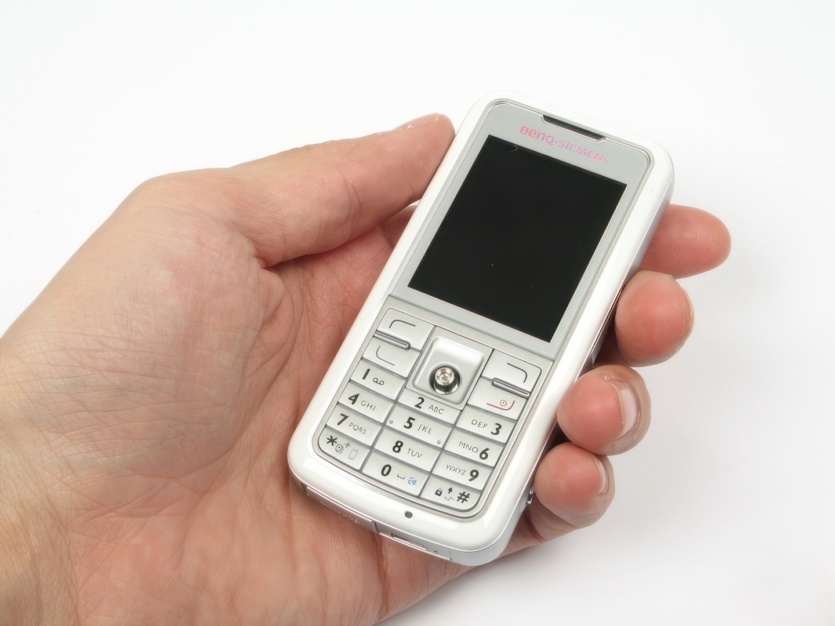
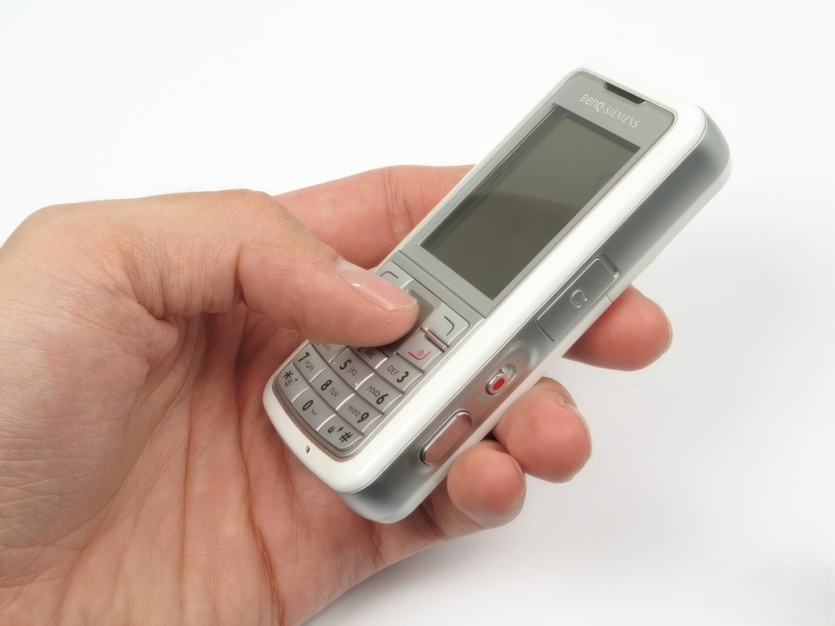
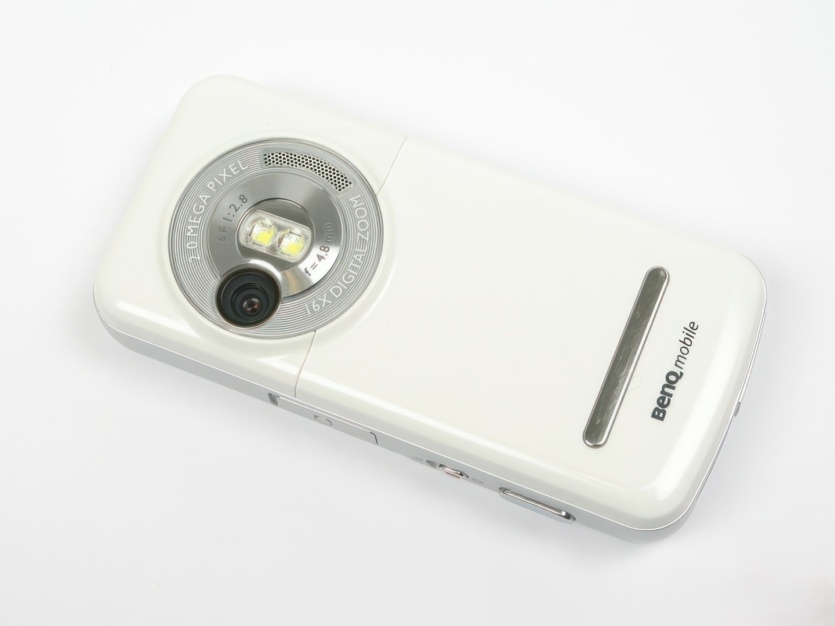
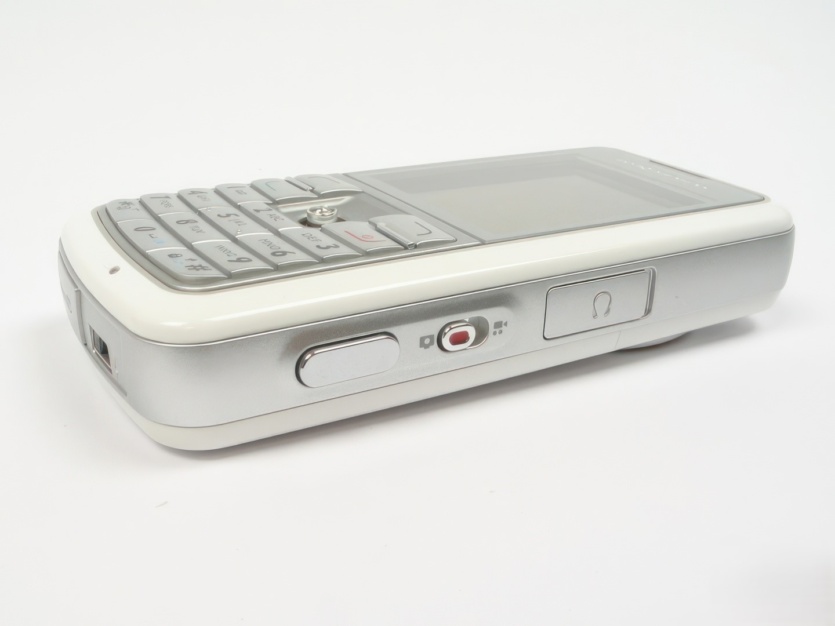
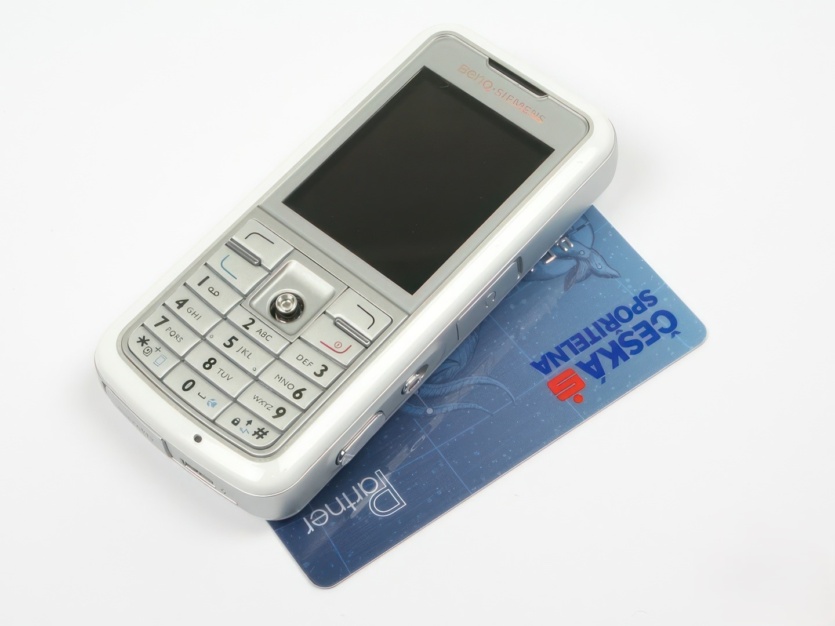
This more affordable 2 MP camera phone has mediocre specs for the premium segment of 2006, but in some ways the BenQ-Siemens S88 stood out. This is the first mass-market monoblock with a 2-inch AMOLED screen.
Although the resolution is only 176×220 pixels (the standard was 240×320 at the time), no competitors could match it in terms of picture quality. The infinitely deep black color was amazing at the time, but that was the end of the BenQ-Siemens S88’s advantages.
The phone had a good 2 MP camera with autofocus and flash, 20 MB of internal memory, micro SD support, 3D sound, Java MIPD 2.0, and a 920 mAh battery. The design was partially copied by the legendary Sony Ericsson K750, but it was not destined to repeat the success of the Swedish-Japanese hit.
The BenQ-Siemens S88 has seen the company off with dignity, leaving pleasant memories for the brand’s fans. This phone was not a shame to boast of among the owners of more expensive Nokia and Sony Ericsson.
The German manufacturer failed to keep up with the race of technology, just as almost all European brands failed after the popularization of smartphones exclusively from Chinese companies. Now we have an identical situation, where the existence of the last non-Chinese manufacturers is on the verge of life and death (except for Apple and Samsung).
BlackBerry Pearl 8100

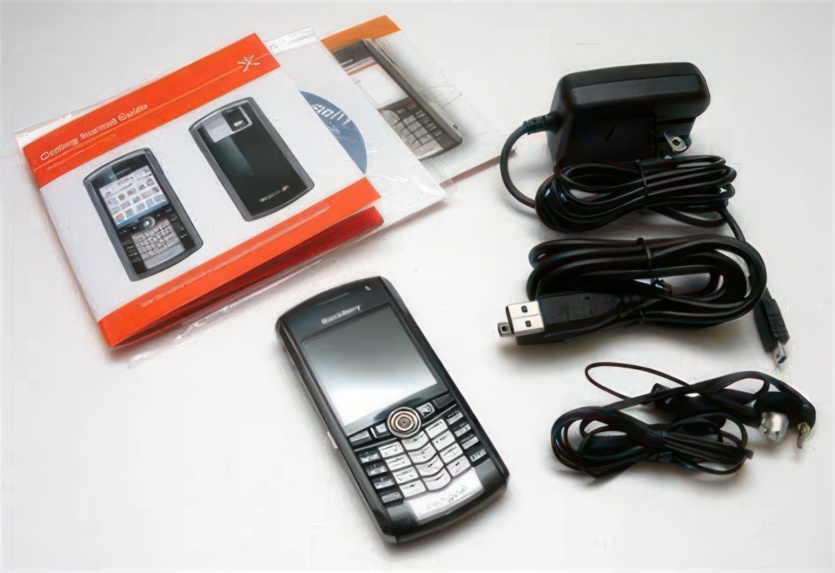
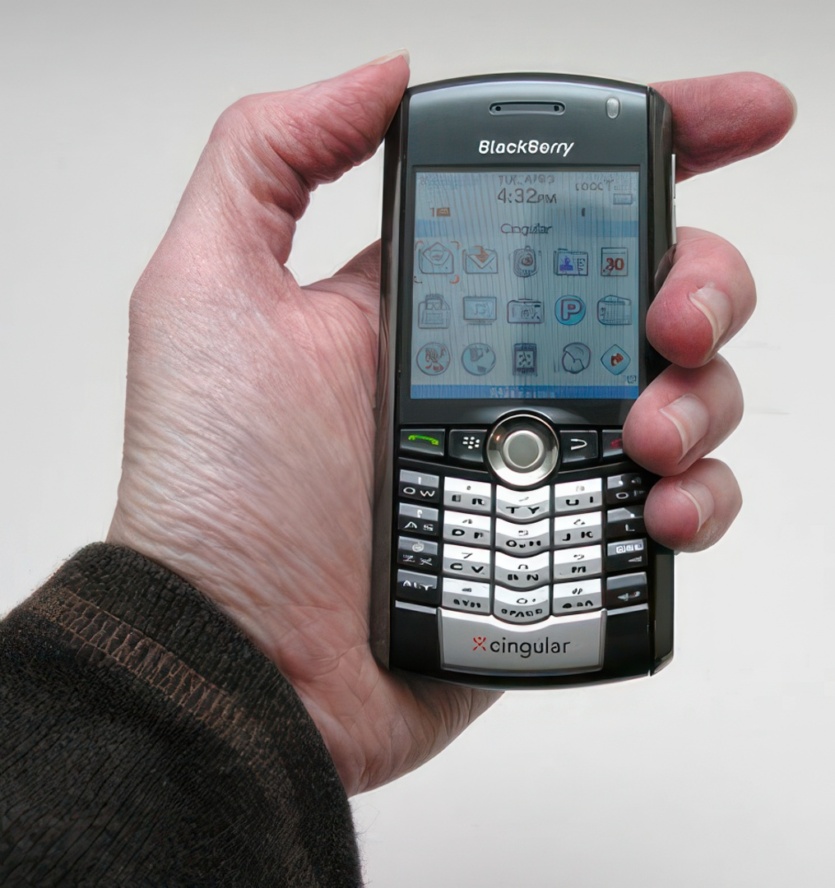
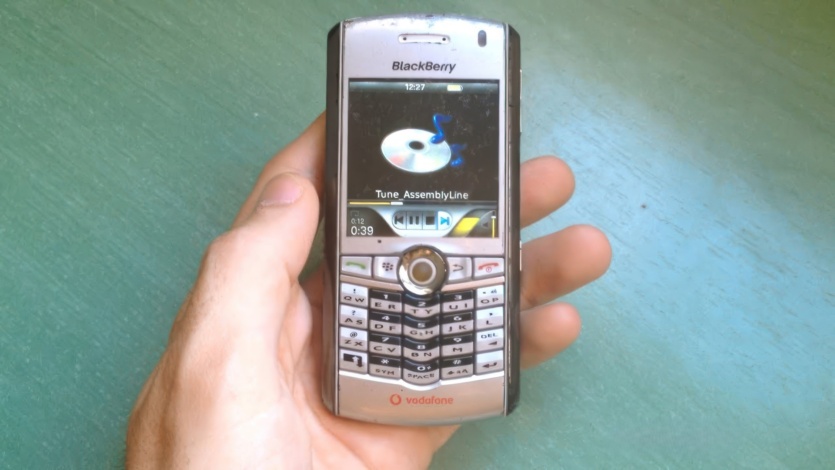
This handsome device was the company’s first successful QWERTY smartphone with dual keys. The BlackBerry Pearl 8100 used a unique keyboard design, which was later adopted by Sony Ericsson in its M600 and P1 models.
The narrow body, compact size, and compromise keyboard appealed to the masses, although it gained deserved popularity only in the United States. The phone is not too wide, and text is still quite comfortable to type with double taps. In addition to excellent communication capabilities and the best e-mail, the BlackBerry Pearl 8100 had a good set of features.
The smartphone is powered by a 32-bit Intel XScale PXA272 312 MHz processor, which is more than enough for a cost-effective operating system. The internal memory is 64 MB, and there is also a micro SD card slot. This model could easily replace a media player and a pocket computer, although the BlackBerry Pearl 8100 was not well suited for entertainment (video games).
Only a year later, Apple would introduce a fundamentally different phone, the point of which was to force the owner to consume as much content as possible without concentrating on conversations and business matters. And so it happened — the BlackBerry Pearl 8100 and similar smartphones began to gradually die out after the release of the Apple iPhone, as manufacturers focused on touch screens.
Motorola MOTOFONE F3

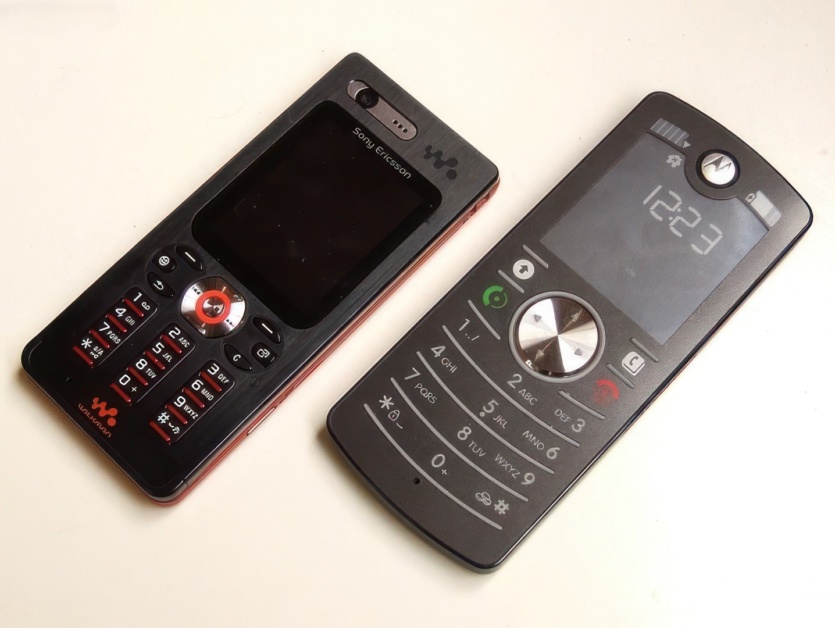
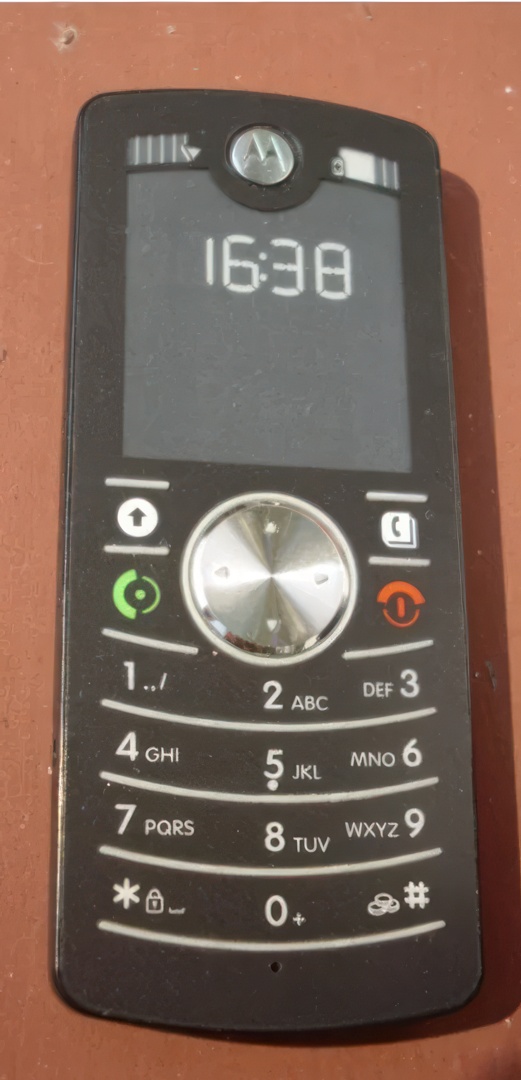

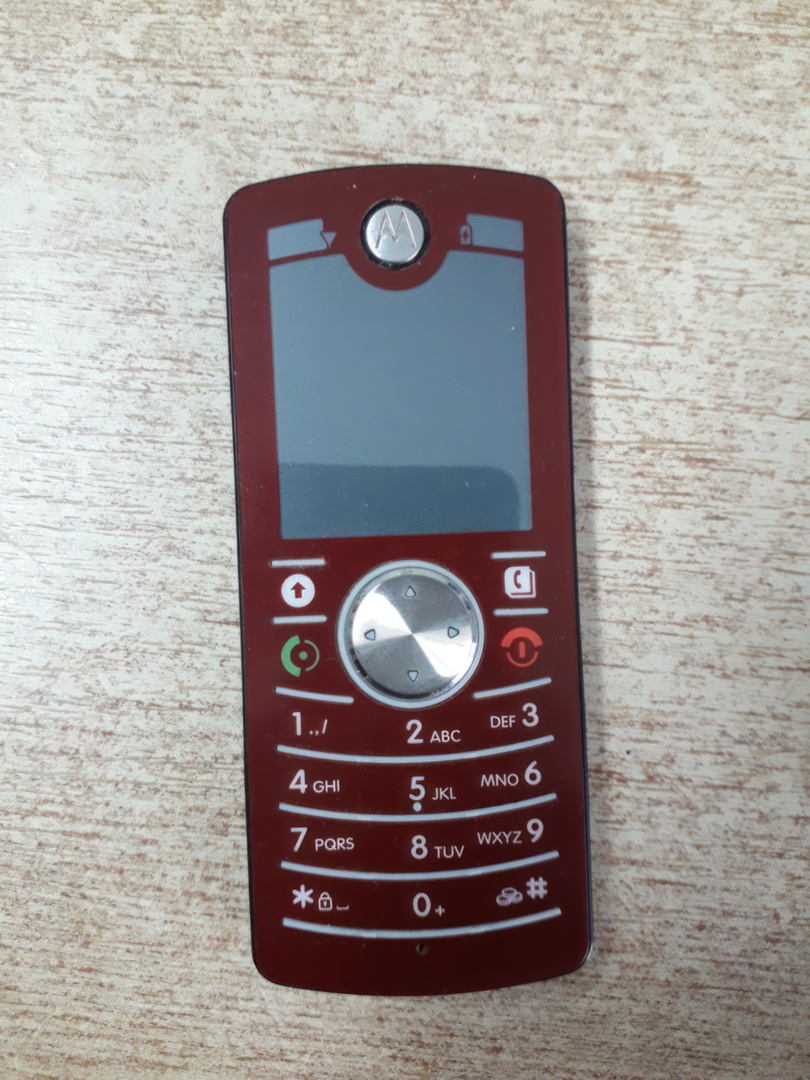
Incredibly simple in functionality, but interesting phone with a unique E-ink screen, similar to those used in modern e-books. The stylish and elegant Motorola MOTOFONE F3 has a 2.2-inch display and does not have any multimedia features.
Although it is intended only for calls and messages, Motorola MOTOFONE F3 received a lot of attention from the media because everyone was interested in at least looking at such a miracle. The relatively high price did not allow it to become a hit, but this handsome device has put its name on the board of honor.
The main thing is that the display does not tire the eyes at all and has high contrast in direct sunlight. Nowadays, a phone like this would be more successful with some users because there is a large audience of people who are ready to exchange a smartphone for something that will not keep them in slavery to social networks.
LG KG920

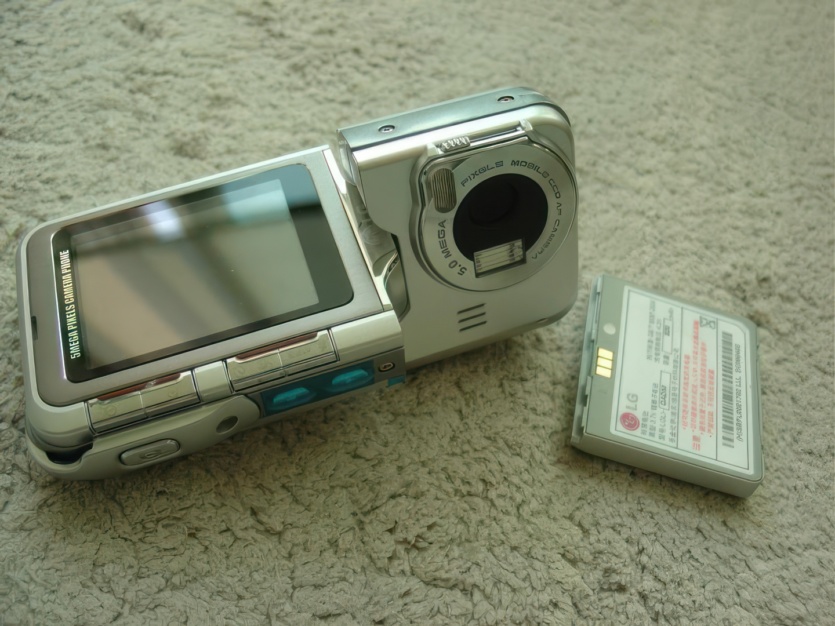
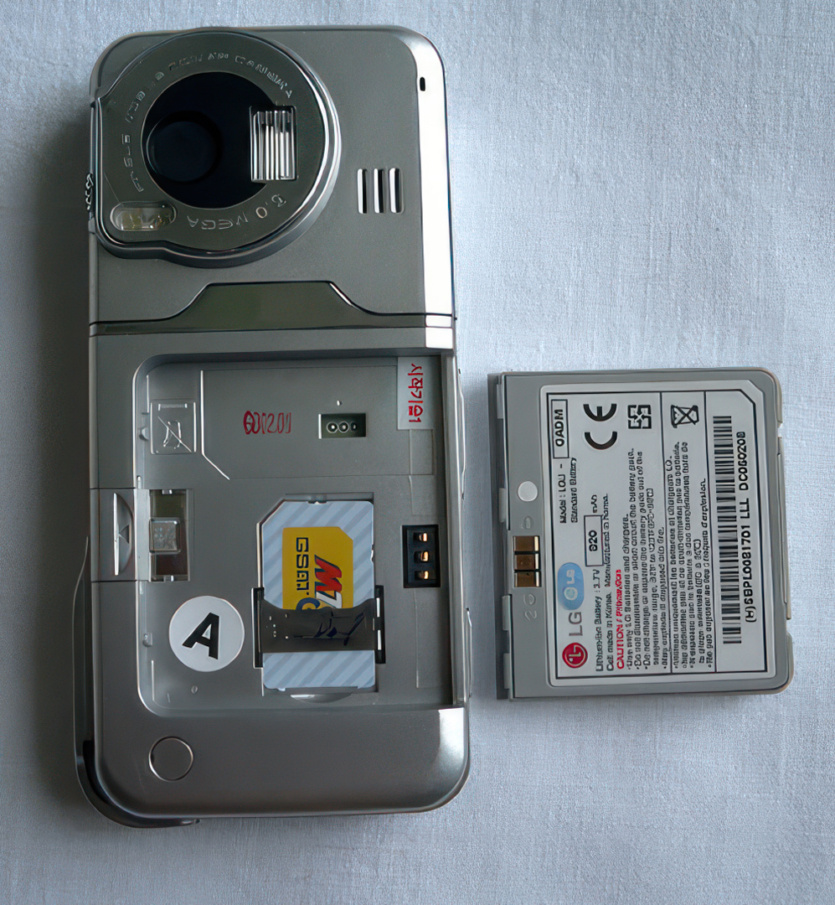
The combination of a digital camera and a phone took mobile photography to a new level. Despite the presence of the incredibly cool Sony Ericson, the new LG KG920 looked like something of a miracle in early 2006. The first mass-market 5 MP camera phone with excellent autofocus and a strobe flash was doomed to good sales.
Unlike the K790, this model recorded good quality video at 30 FPS and had controls adapted primarily for taking photos. The layout of the buttons on the front and side panels resembles a classic camera, so it was easy to get used to the LG KG920 for those who take professional photos.
Apart from the cool camera, the LG KG920 had nothing to brag about: 8 MB of internal memory and a miniSD slot, a 2-inch screen, mediocre performance with Java MIDP 2.0, USB 1.1, and relatively poor battery life. The 820 mAh battery lasted for a long time only if you took photos without a flash.
HTC P3300
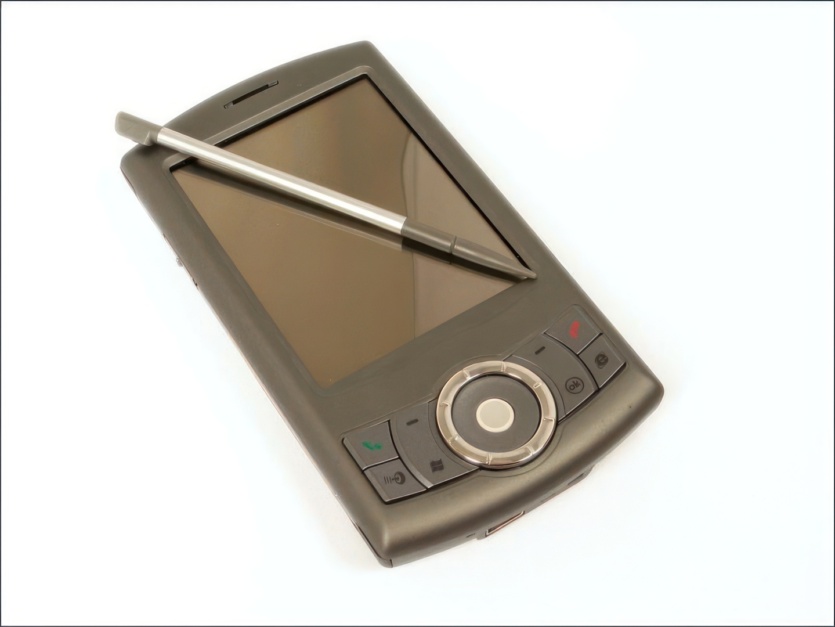
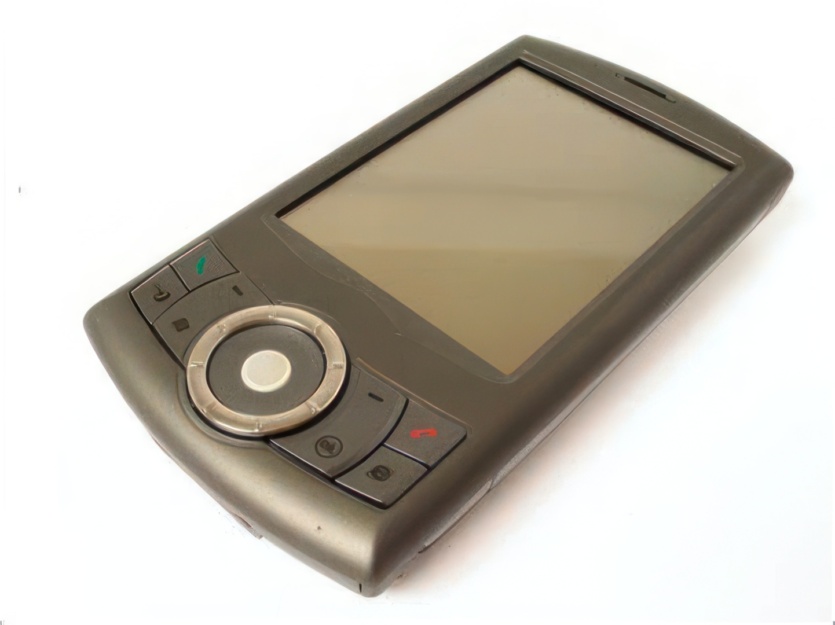
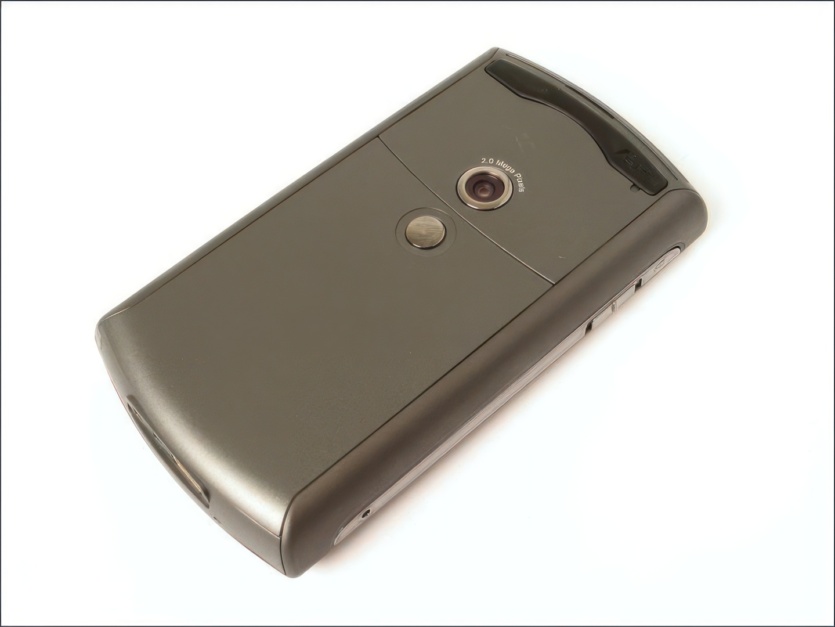
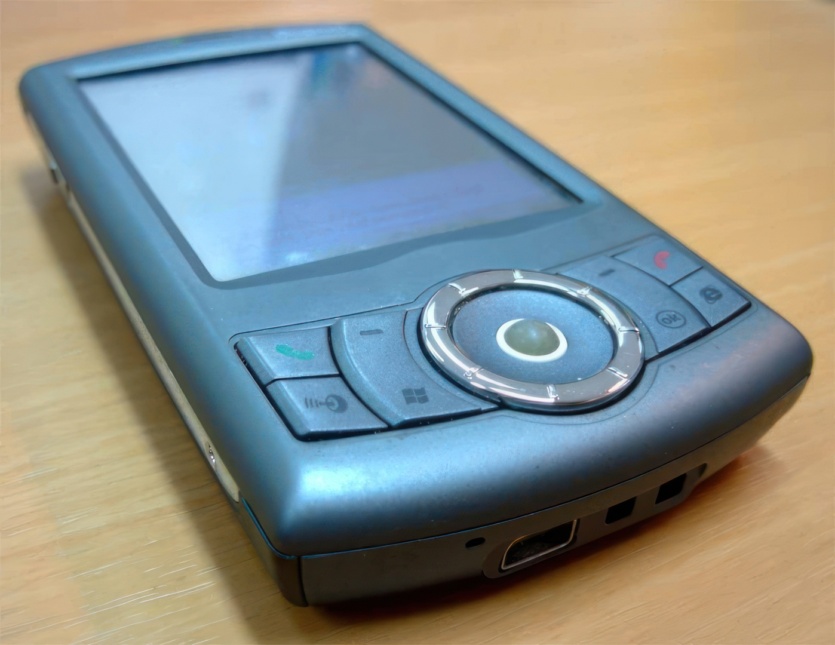
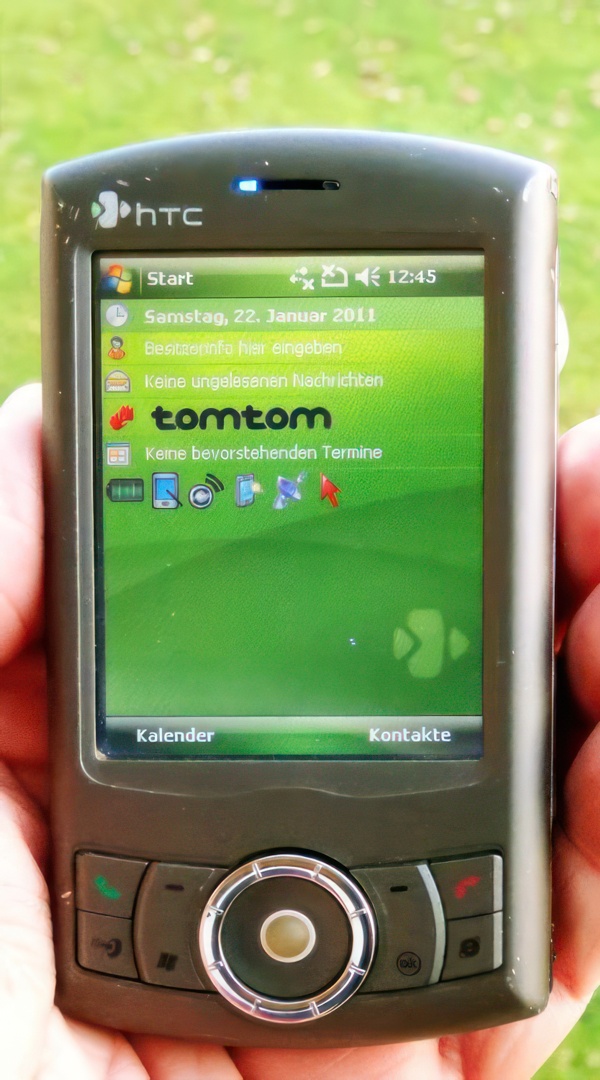
Models such as the HTC P3300 launched the Taiwanese company’s rapid growth in the smartphone market. A compact and functional smartphone with high-quality software and a full range of wireless interfaces is exactly what owners of pocket computers without sim cards wanted.
HTC P3300 has Wi-Fi and GPS modules, Bluetooth 2.0, FM radio, 2 MP camera, a high-quality TFT 2.8-inch QVGA display with handwriting recognition, a good memory subsystem and Windows Mobile 5.0 operating system.
Thanks to its excellent ergonomics and functional OS, the HTC P3300 became a favorite among serious people who literally depended on office applications on the go. Symbian could not compete with Windows Mobile in this regard, and the presence of a GPS module made the HTC P3300 a full-fledged navigator, which was expensive at the time.
HTC S630
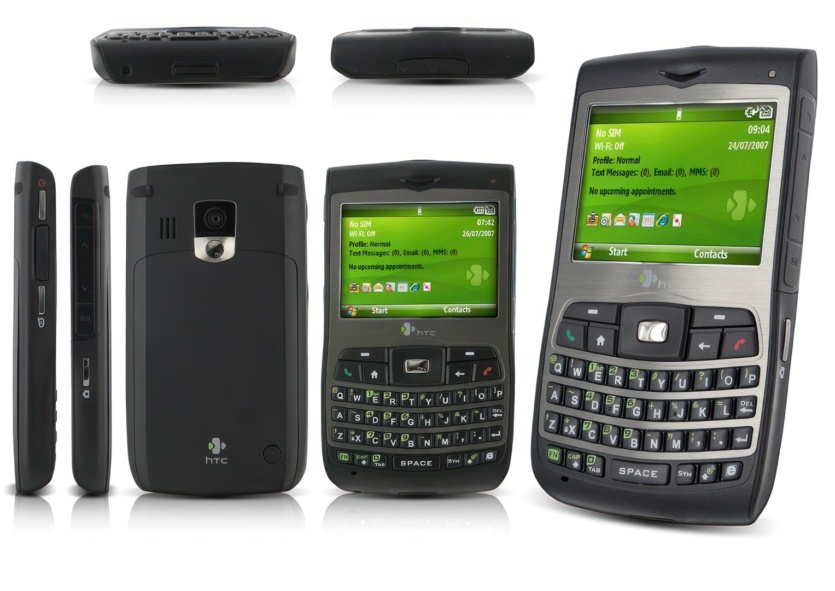
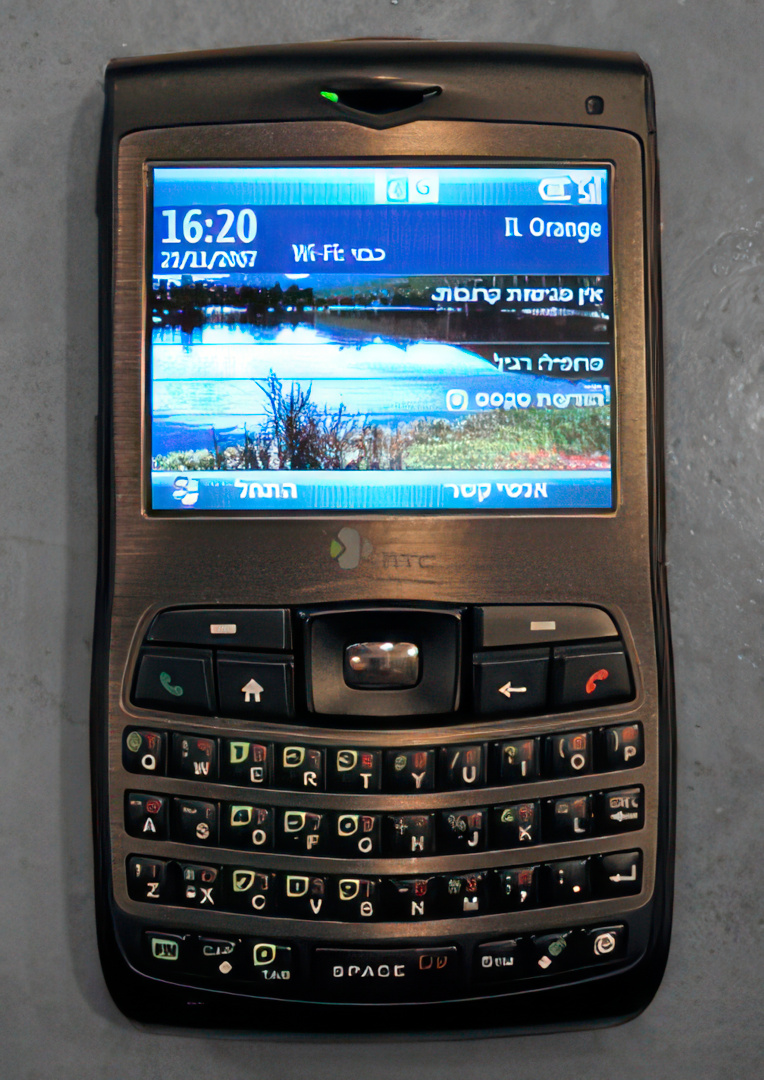
Although touchscreen smartphones were rapidly gaining popularity, in some environments it was more convenient to use push-button devices with classic graphical interfaces. The HTC S630, based on the latest Windows Mobile 6.0 Standard Edition, was as good as a PDA in terms of functionality, although it had a smaller library of compatible applications.
Against the Samsung i320/i600, the new HTC S630 looked like an absolute winner. The Taiwanese company was able to produce high-quality Windows Mobile devices for every taste and budget. In addition to high-quality software, the HTC S630 boasted Wi-Fi and a powerful 400 MHz processor.
Another feature of the model was the touch-sensitive navigation key, which Samsung would later copy in the i780 flagship and beyond. It turned out to be so convenient to operate a smartphone with such a mini touchpad that similar engineering solutions were used for several years after the HTC S630.
Nokia N93
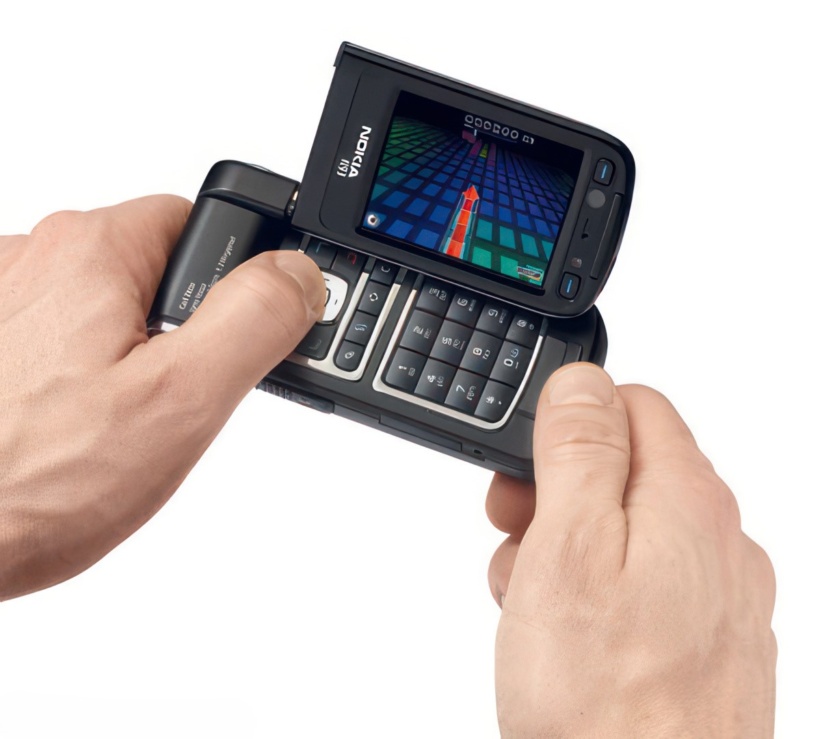
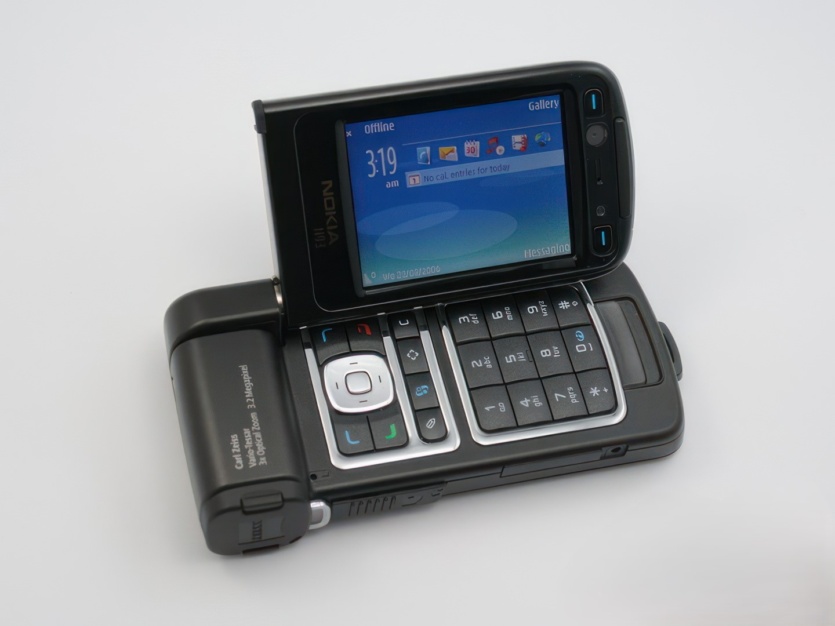

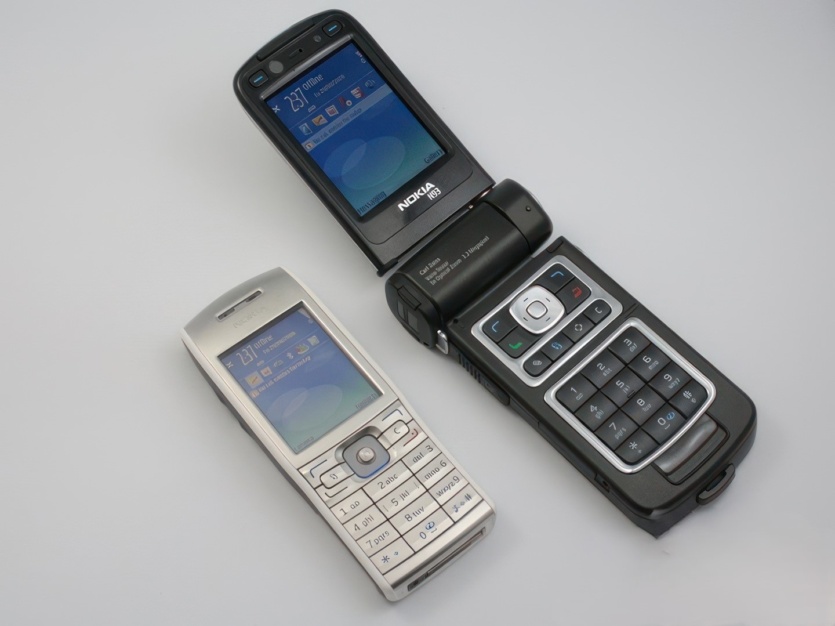

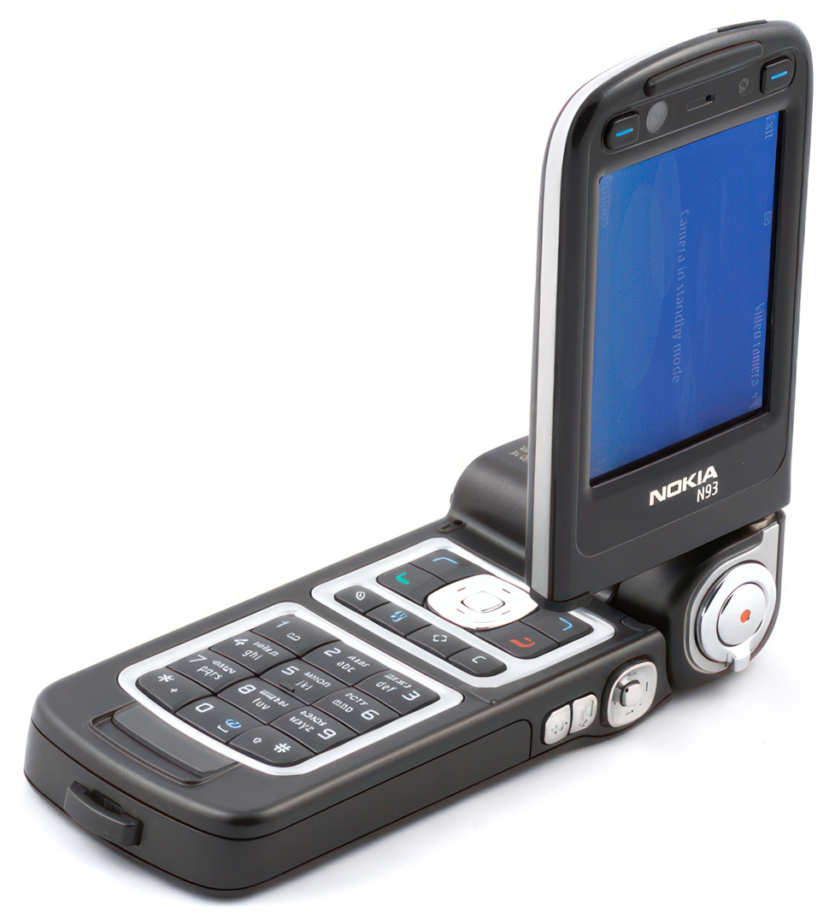

The long-awaited sequel to the N90 finally received a major improvement in terms of photo and video quality. The Nokia N92 had a huge display and a built-in TV receiver, although the camera was not improved over the N90, which is not the case with the Nokia N93.
This transformer is considered the best mobile video camera of 2006. While Sony Ericsson’s flagships put up a strong fight in terms of photography, and often won thanks to the xenon flash, when it came to video, the Nokia N93 was unrivaled.
This is the world’s first camera phone with 3x optical zoom and 480p video recording at 30 frames per second. Before that, other phones could work with this resolution, but they could record a maximum of 15 FPS. The video shot on the Nokia N93 could be comfortably viewed on a large screen, as it was superior in quality to the current «480p» videos on YouTube.
In addition to a phenomenal camera and a unique design with a swivel display, Nokia N93 had the best hardware of any Symbian smartphone at the time: Wi-Fi module, two ARM 11 processors of 332 MHz each, HW Accelerator 3D graphics accelerator, 64 MB of RAM, FM radio, TV output, Bluetooth, IrDA, and an 1100 mAh battery.
The Nokia N93’s features are impressive, as are its dimensions, price, and software nuances. Although Symbian 9.1 brought many advantages, it was painful to switch to a new kernel after Symbian 8.1 because of the complete incompatibility of the entire Symbian 6-7-8 software library, which had been built over half a decade.
Nokia N93 became the last flagship of the company in this form factor, as the next tops were sliders. A year later, an updated version of the Nokia N93i was released with weaker camera capabilities, but a more beautiful, more elegant design. The Nokia N93 is remembered as the most functional clamshell-transformer in the history of mobile technology, as well as the best Symbian smartphone of 2006.
Nokia N73
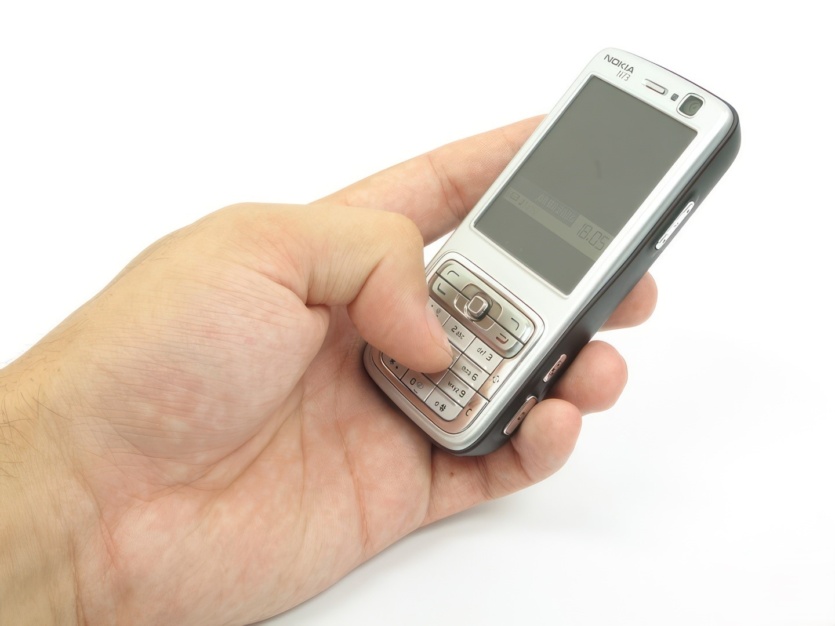
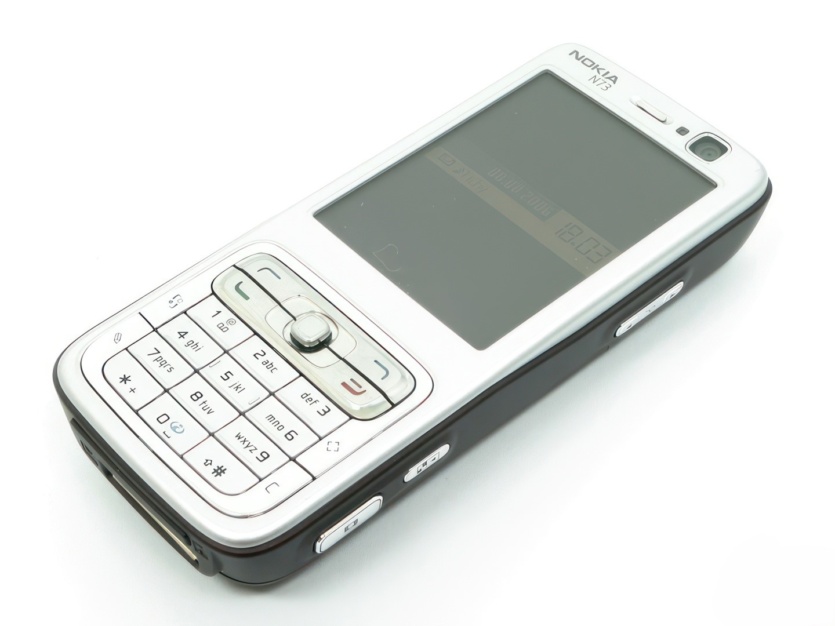
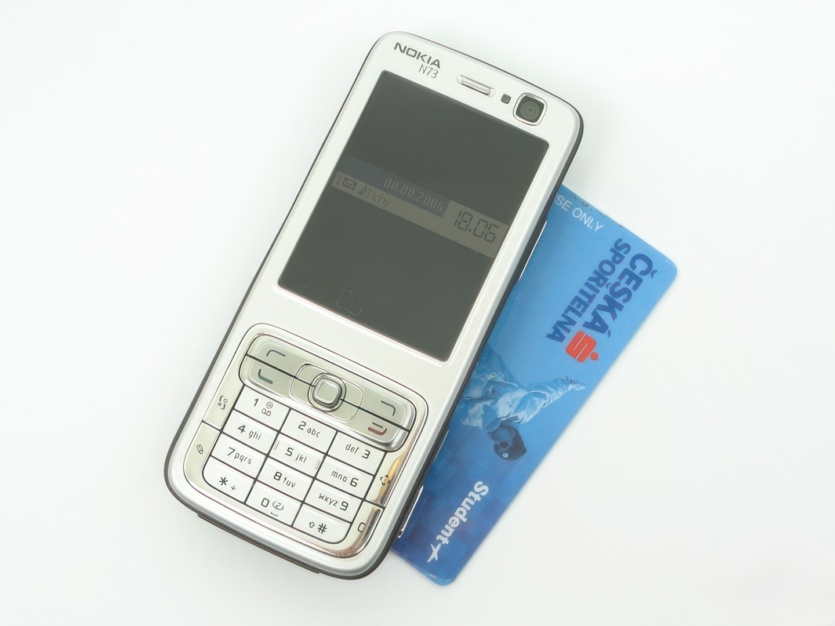
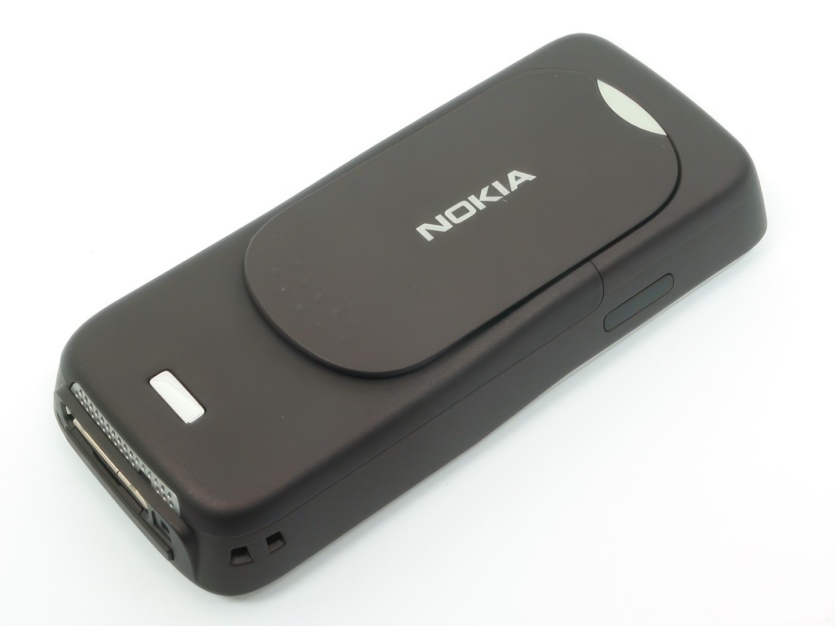
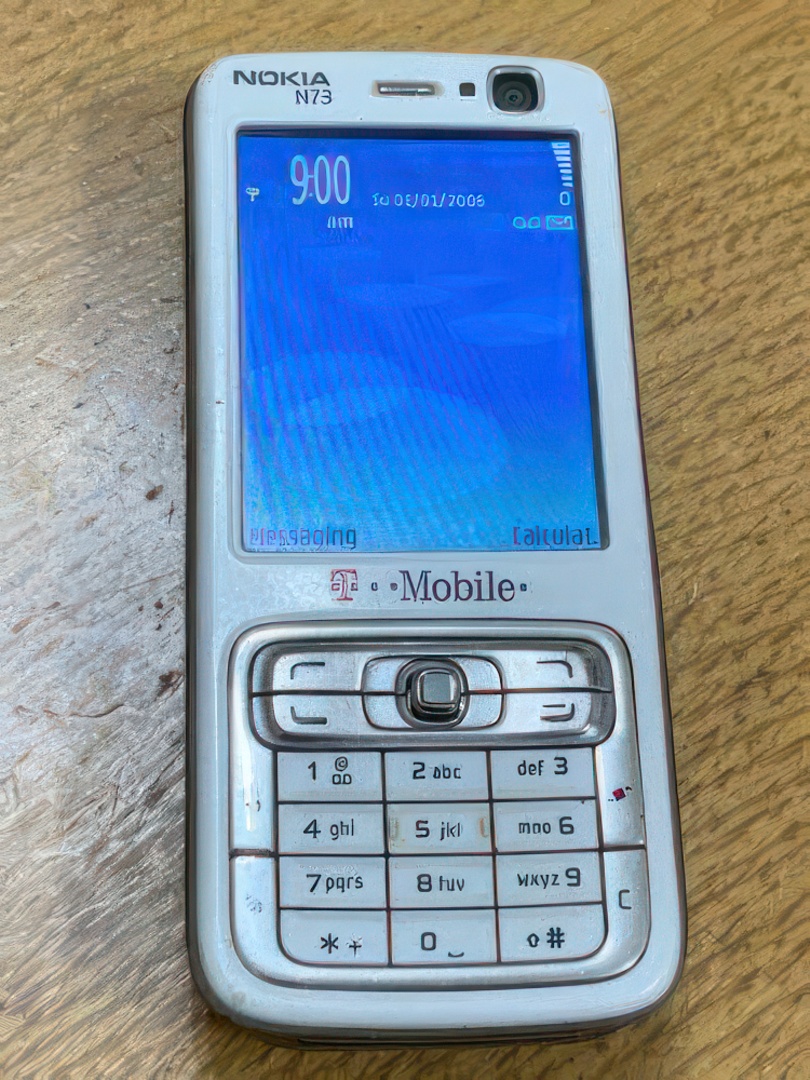
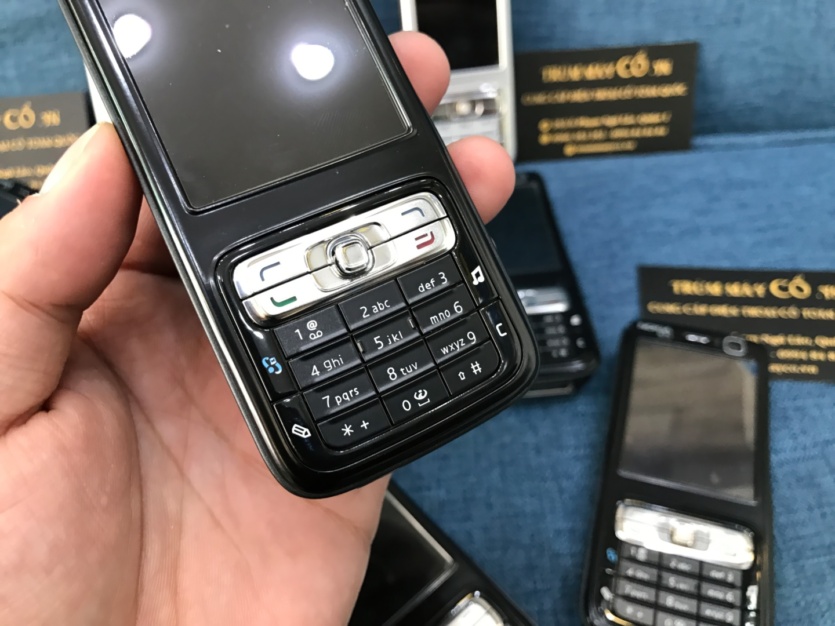
The popular successor to the Nokia N70 was the equally hit Nokia N73. To compete with Sony Ericsson’s successful cameraphone, the company urgently needed to release a high-quality and relatively affordable flagship with a camera that would have autofocus and flash.
Nokia N73 is equipped with a 3.2 MP module with Carl Zeiss optics. A powerful flash and autofocus allowed it to successfully compete with the Sony Ericsson K790, although in fact the Japanese phone still put the Finnish hit on the back foot in terms of photos. Nevertheless, Nokia N73 records video at four times the resolution of the K790, and also has several serious advantages.
First of all, it is a smartphone stuffed with the latest technology for 2006. The Nokia N73 had Bluetooth, IrDA, FM radio, Pop-Port 2.0, an xHTML browser, 3G, a VGA camera for video calls, and a large 2.4-inch screen, which was much more pleasant to consume content on than the meager Sony Ericsson displays.
Excellent multimedia capabilities, a good camera, ease of use (the entry threshold is lower than in other operating systems), and an interesting design made the N73 famous, and Nokia was swimming in money. The irony is that subsequent N-Series models were not as successful, despite the incredible efforts of the engineers.
In 2007, the Apple iPhone appeared, and hundreds of millions of potential owners of push-button smartphones stopped being interested in anything but large touch screens, and only those companies that copied their concept without creating something unique managed to repeat Apple’s success. Nevertheless, the N73 received not very successful sequels in the form of Nokia N82 and N79.
Nokia N72
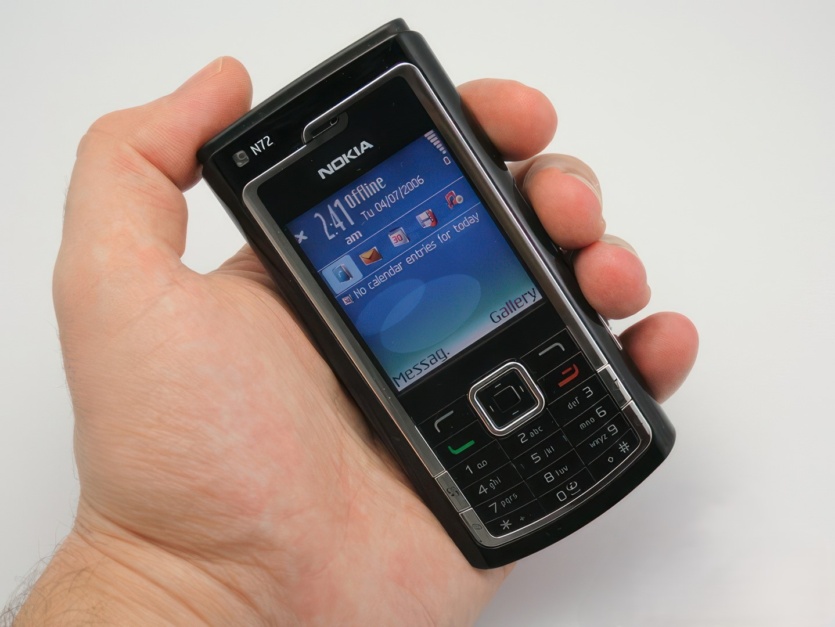
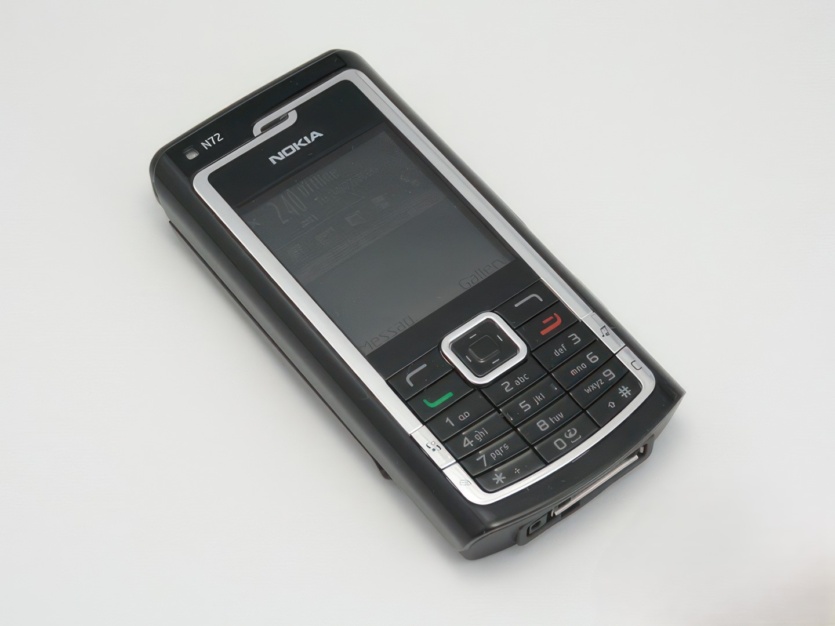
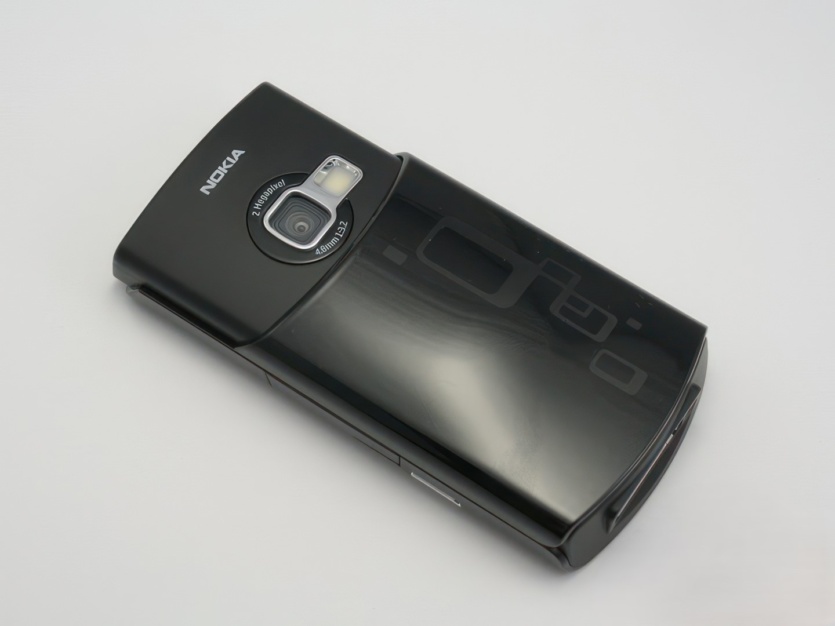
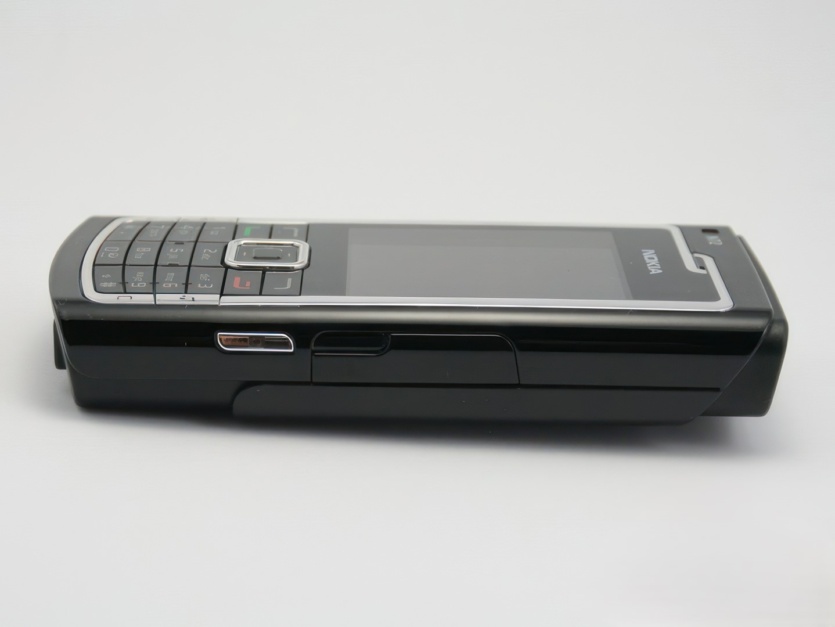
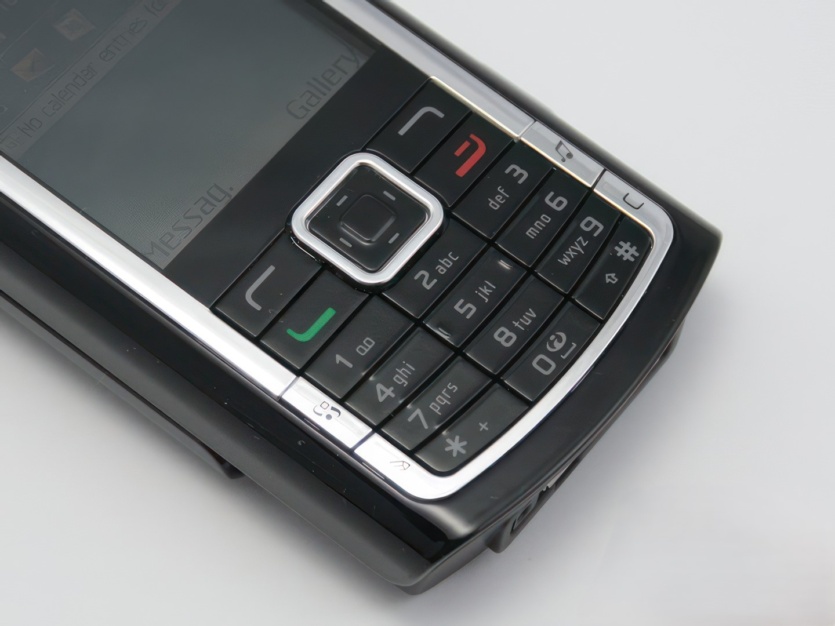
To a certain extent, Nokia N73 surpassed the success of N70, but only due to the camera capabilities. In terms of software, the novelty was still losing to its predecessor, so the Finnish company decided to take a risky step by releasing an updated version of the best popular smartphone of 2005.
Technically, the Nokia N72 is almost no different from its predecessor except for the lack of a front-facing camera (which almost no one used then), and it also received an updated design. The popular favorite proved to be relevant in 2006, despite its non-top performance.
Affordable price, good music capabilities and the best operating system of the time — Nokia N72 was doomed to success among Symbian fans because the raw, imperfect, and limited Symbian 9.1 was not even close to the perfect, perfect Symbian 8.1.
The huge number of video games (high-quality *sis, not *jar) and useful programs for Nokia N72 made it possible to turn a mid-range smartphone into a super versatile combine. It is also interesting that Nokia N72 was sold until 2008, and in some stores it could still be found in 2009.
The Nokia N72 was the last Symbian 8.1 device to exceed the expectations of engineers and marketers. It turned out to be the most resilient smartphone of the time, which remained relevant for years after its release. It outlasted all the unsuccessful Symbian 9.x, proving that changing the system kernel without backward compatibility is a huge mistake.
Without a doubt, the Nokia N72 is the best smartphone of 2006 in its price category. With a 1-2 GB memory card, a PC cable, and Internet access, the owner of this phone was the luckiest person to get the opportunities offered by Symbian 8.1, and among smartphones with this OS version, Nokia N72 is the last and most advanced.
Sony Ericsson K790

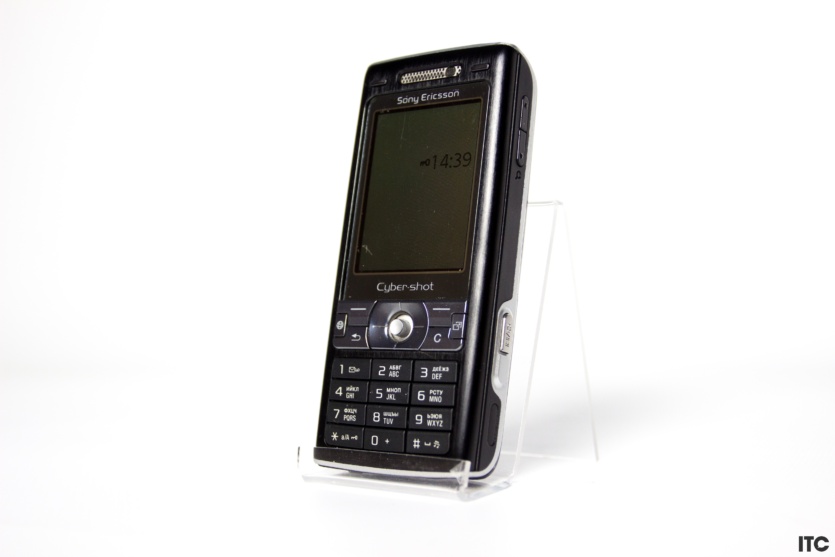

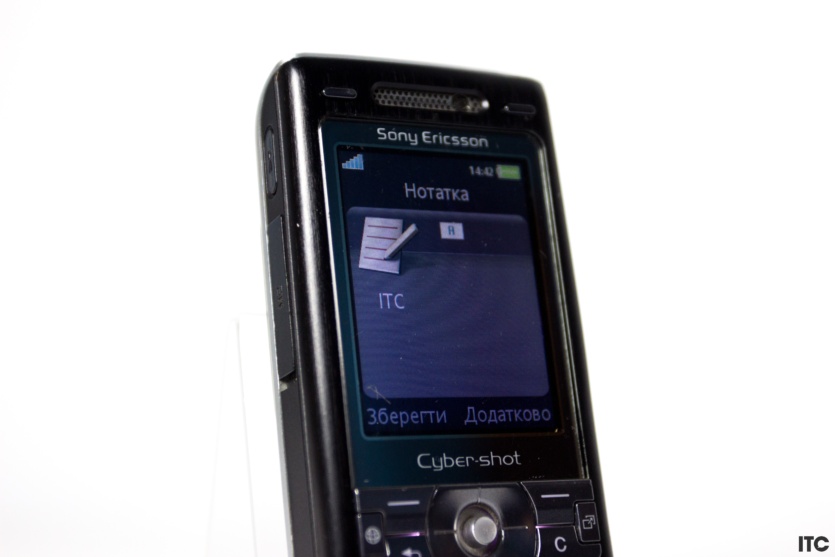
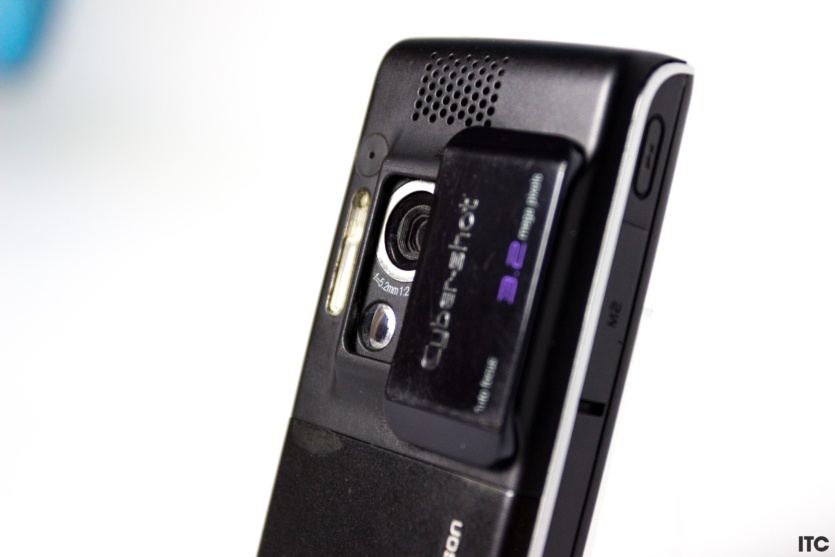
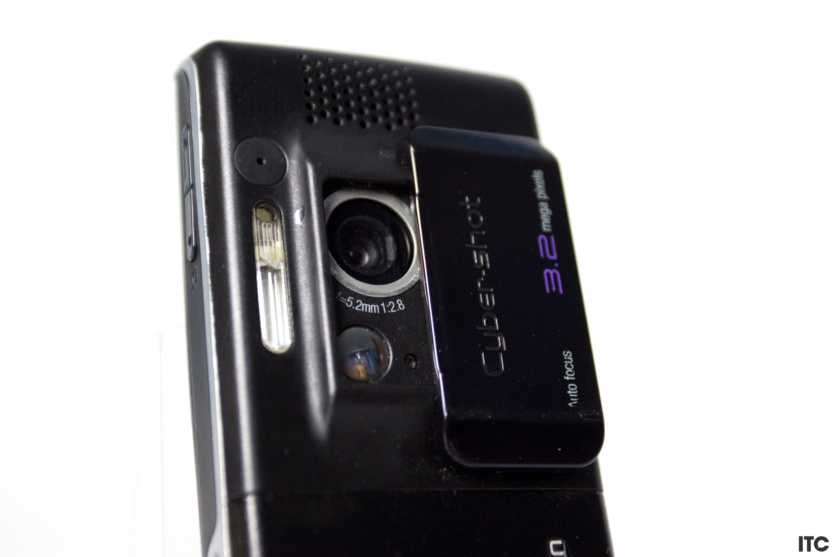

And now we’ve reached the best camera phone of 2006 (along with LG KG920), which, without exaggeration, takes photos as good as modern Android smartphones of the budget class (up to $250).
Would you like to see an author’s photo battle from ITC editors between the Sony Ericsson K790 and an affordable 2024 smartphone for up to UAH 10,000? Write us your opinion in the comments. Despite the age difference, the battle should be interesting.
The Sony Ericsson K790 takes over the baton from the K750 (the best cameraphone of 2005 and the best push-button phone ever), offering fans many major improvements: A 3.2 MP sensor with fast autofocus, the best xenon flash on the market, a larger QVGA display, a newer version of Bluetooth 2.0, FM radio with RDS, USB 2.0, and a twice as fast CPU.
The updated SE A100 firmware has more useful utilities and faster operation with Java programs. Despite the excellent software and perfect support for Java games (competitors could only dream of the same performance), Sony Ericsson K790 became known primarily for its camera.
This is a real camera with a call function — even in 2024, the pictures taken on the K790 look excellent, and most importantly, without algorithms, all so natural, real, with natural blur, without over-sharpening, toxic colors and all that is promoted by Android phone manufacturers.
Thanks to its xenon flash and fast shutter speed, the Sony Ericsson K790 puts modern flagships from the DXOMARK sales top on the spot when photographing fast objects in the dark. It is literally impossible to get a blurry picture with the K790, while a top-of-the-line smartphone with LED flash is unable to produce a perfect clear picture.
Cameras with xenon flash take pictures so clearly that the Sony Ericsson K790 looks down on the Samsung Galaxy Ultra and other «legends of modern photography». Can you believe it? Here is a clear example with the 2018 flagship, and not much will change with the 2024 flagship.
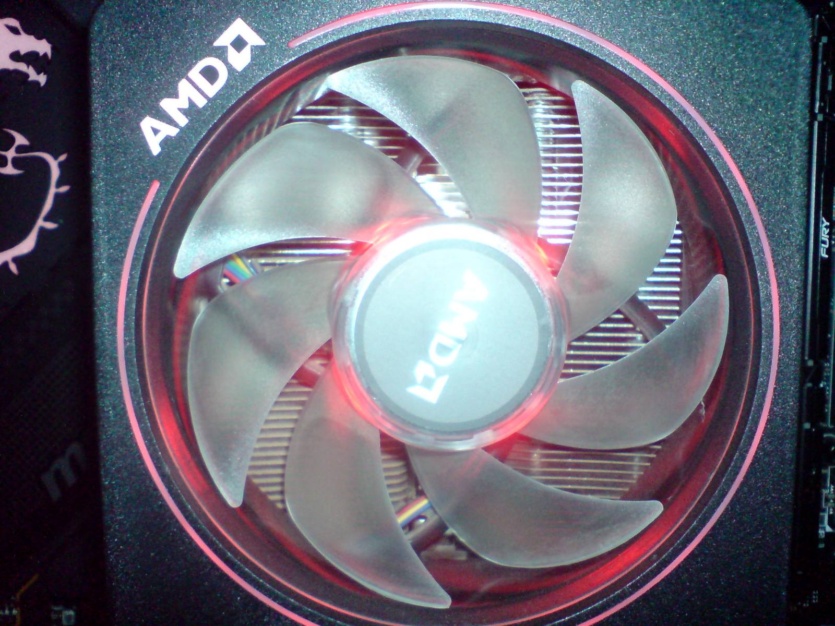
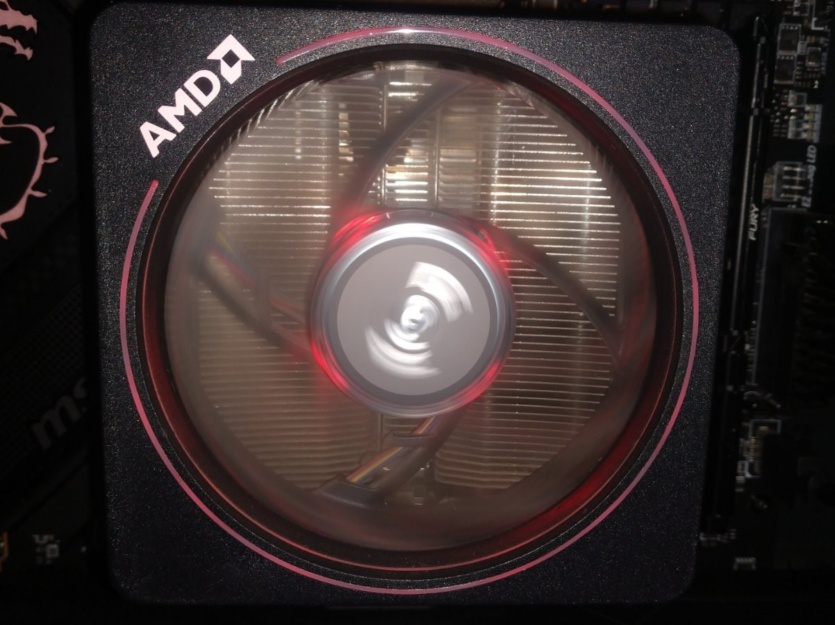
So, The Sony Ericsson K790 took a picture of the AMD Wraith Prism blades in operation as if they were standing still, while the fan was spinning at 1300 rpm. Motorola’s flagship is incapable of this because only cameras with a flash, like the K790, can do it. The photo was taken on «quick», without additional takes.
Sony Ericsson K790 also had its clone K800, which differed only in the presence of 3G and a front-facing camera, but no EDGE. This technology was valued more than 3G in 2006, so the K790 was the most popular. It’s a real phenomenon in the world of mobile photography that can still amaze, although the video it shoots is not just bad, but downright terrible (144x177p resolution).
Sony Ericsson W950
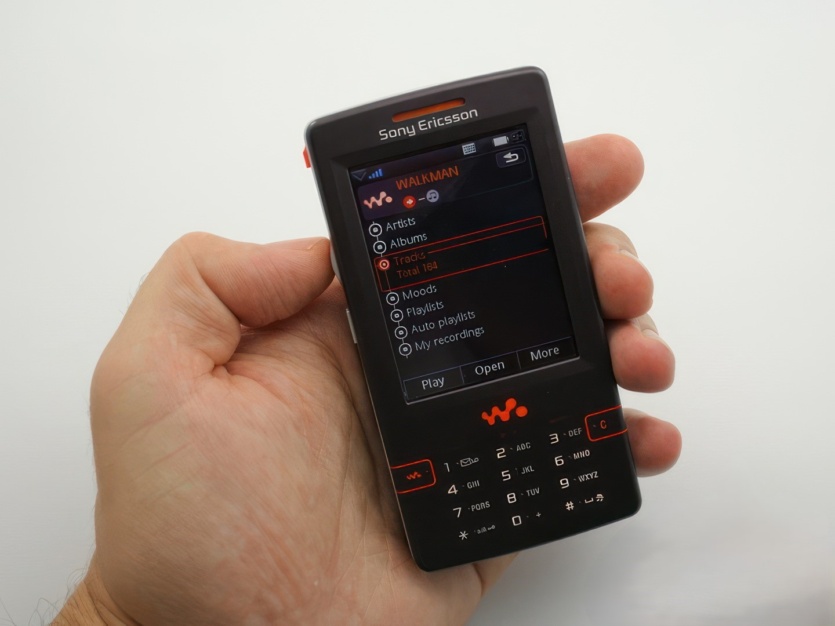

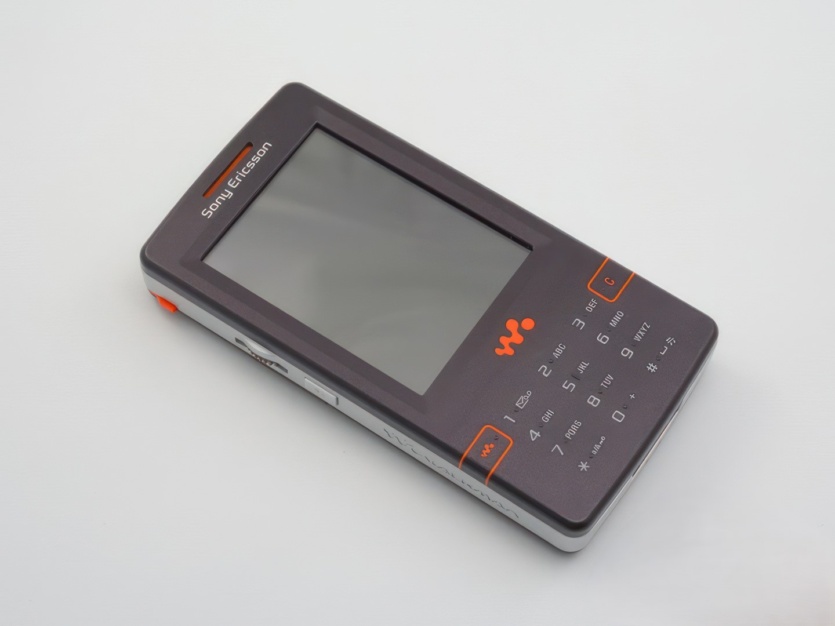
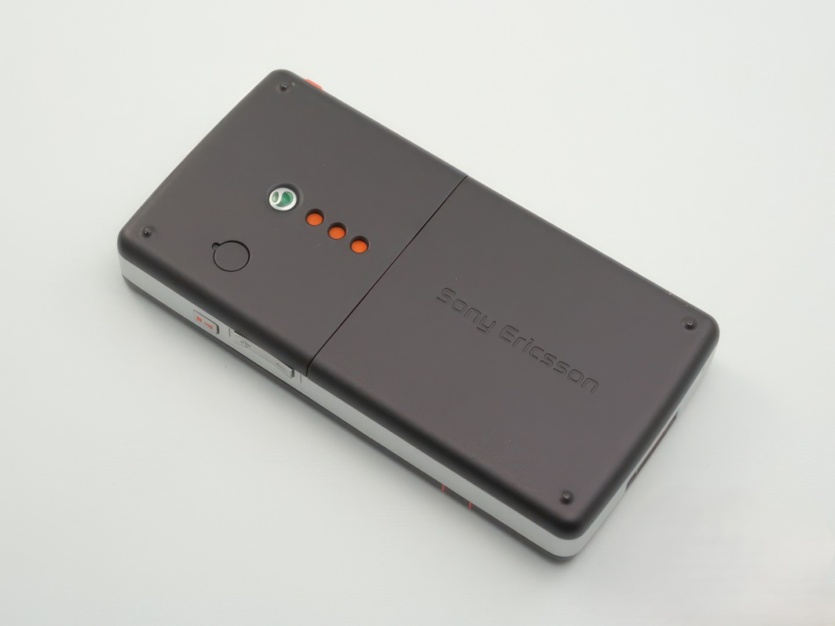
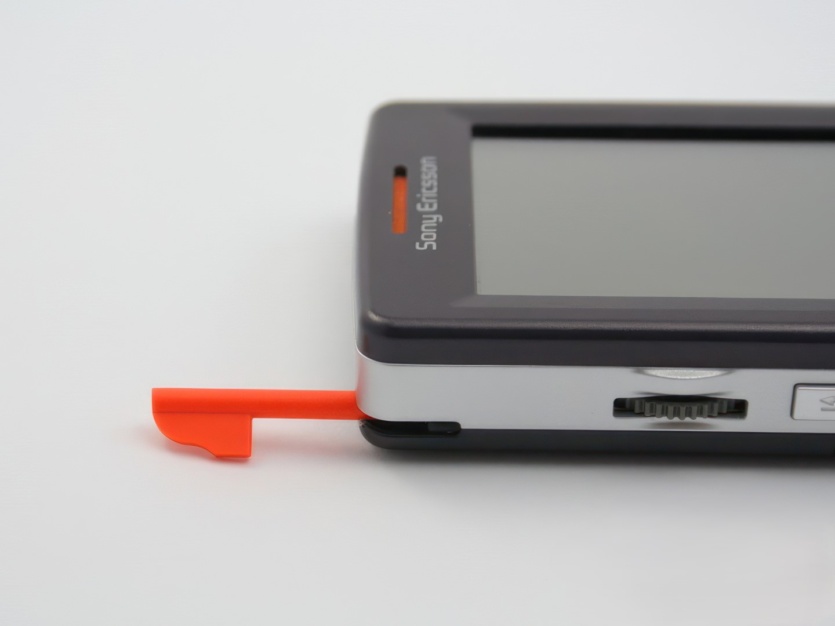
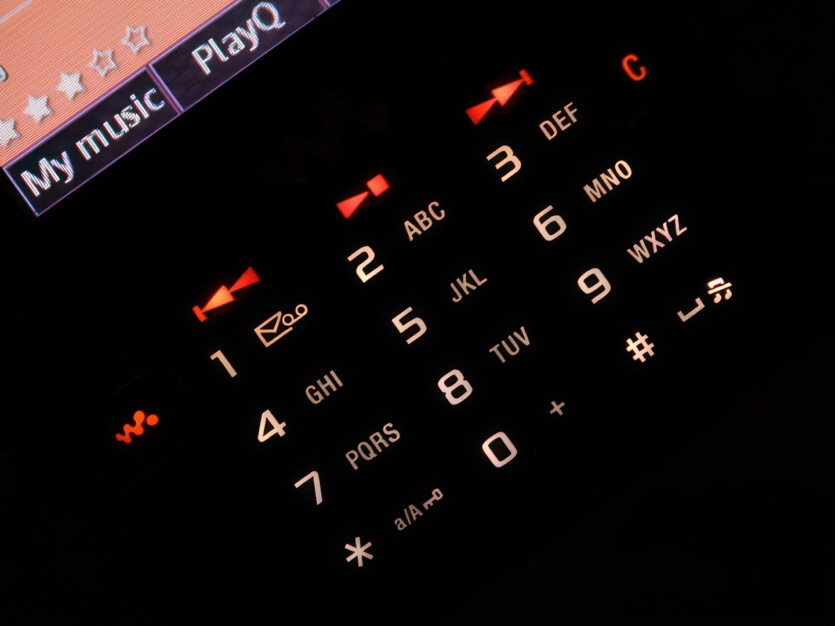
The Sony Ericsson W950 is a perfect example of a proper music flagship of 2006. Unlike the Nokia N91 and Samsung i300, Sony Ericsson refused to use hard disks in mobile phones, and it was the best decision.
After the Sony Ericsson W950, everyone realized that HDDs have no place in a phone case, because the new music Walkman has as much as 4 GB of Flash memory. Energy-efficient, fast, large and very reliable storage for thousands of tracks in high quality – no wonder Sony Ericsson W950 became popular.
Despite the music capabilities, the rest of the phone’s features were mediocre: a relatively slow processor that often made the system think twice about some actions, an uncomfortable touch screen that was almost impossible to use with your fingers, and Symbian 9.1 with a meager set of apps on release.
Another important nuance was the lack of a camera, which was the main obstacle for wealthy music lovers. The engineers recognized their mistake, so in the successor to Sony Ericsson W960 they added a good 3.2 MP camera with autofocus and flash.
Sony Ericsson W810
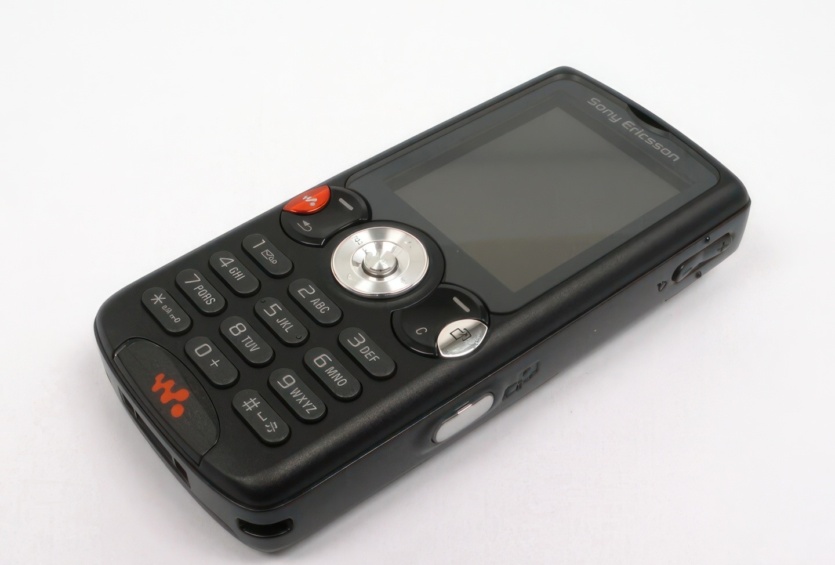
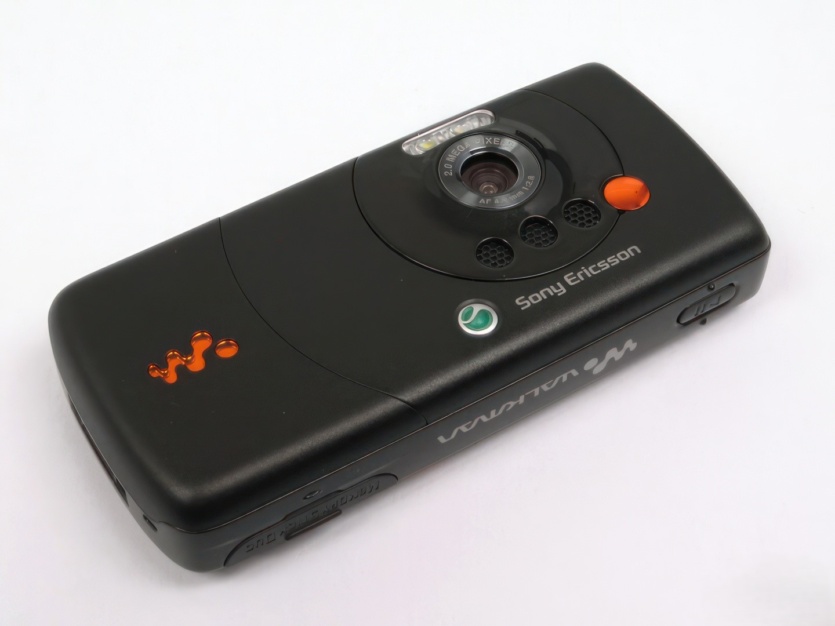
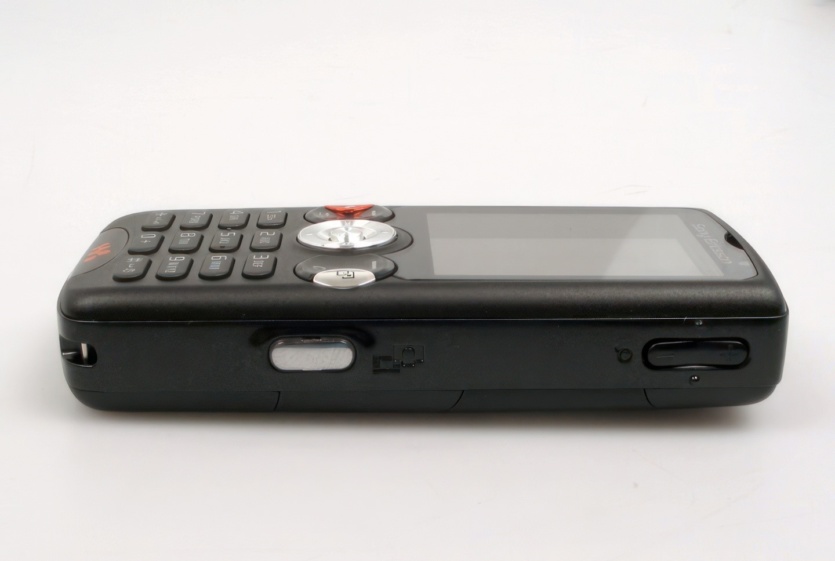
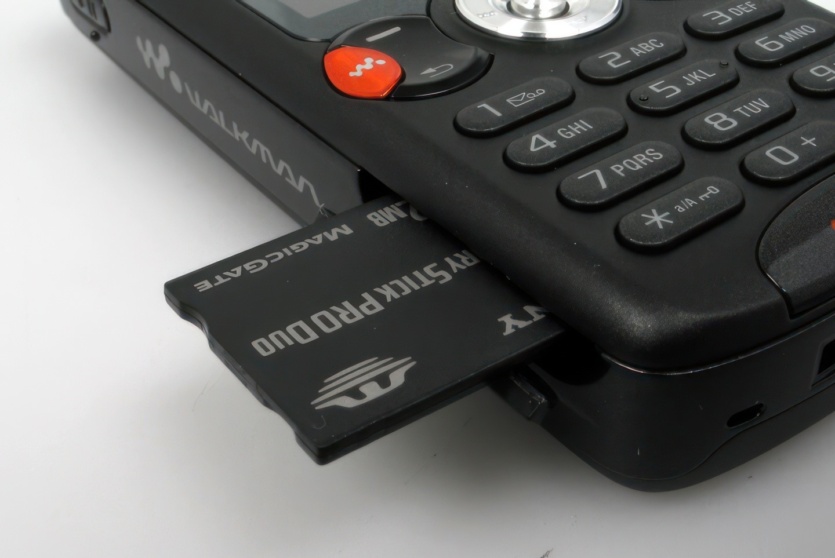
Just as Nokia N72 became the reincarnation of N70, Sony Ericsson W810 extended the life of the legendary K750, or rather its W800 modification. This model is built on the same platform as its predecessor, but has an updated design, a slightly larger screen and improved software.
The success of the Sony Ericsson W810 was inevitable because it incorporated all the best from the hit of 2005, which was discussed in the previous issue. A good price, 512 MB memory card included and a great 2 MP camera made the W810 another top seller, although the K750, W800, W700 did not disappear from the shelves until 2008.
Samsung D900
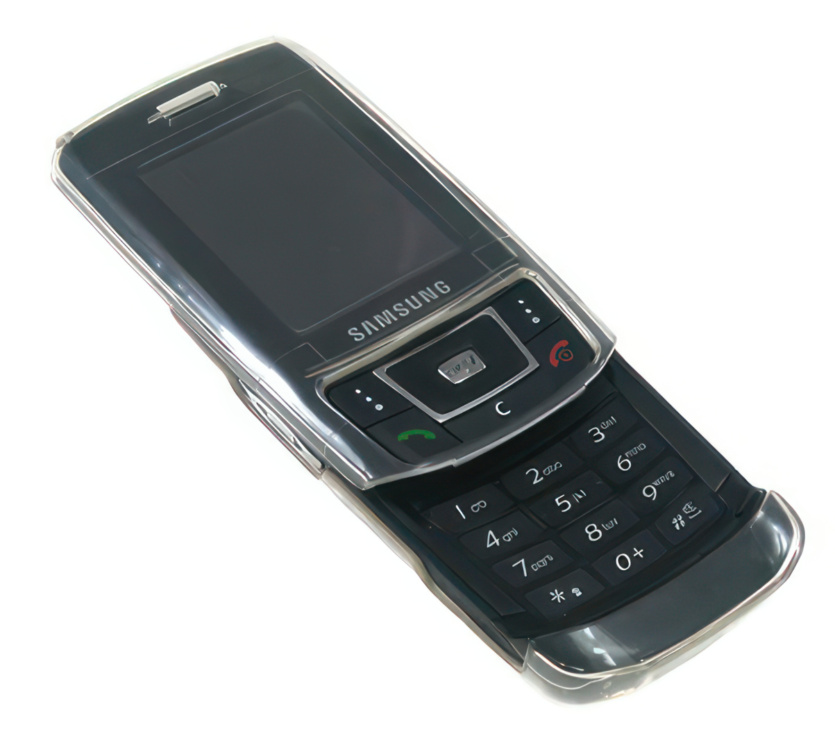
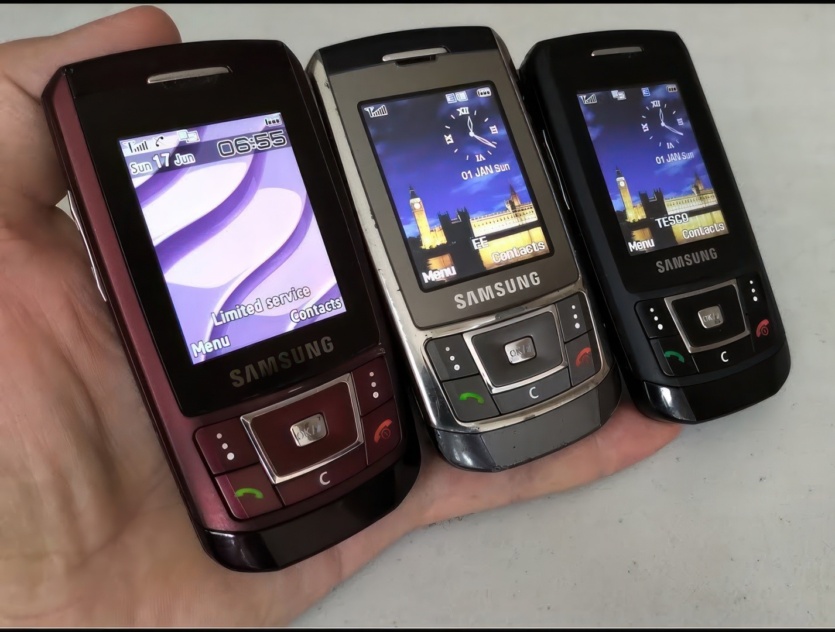
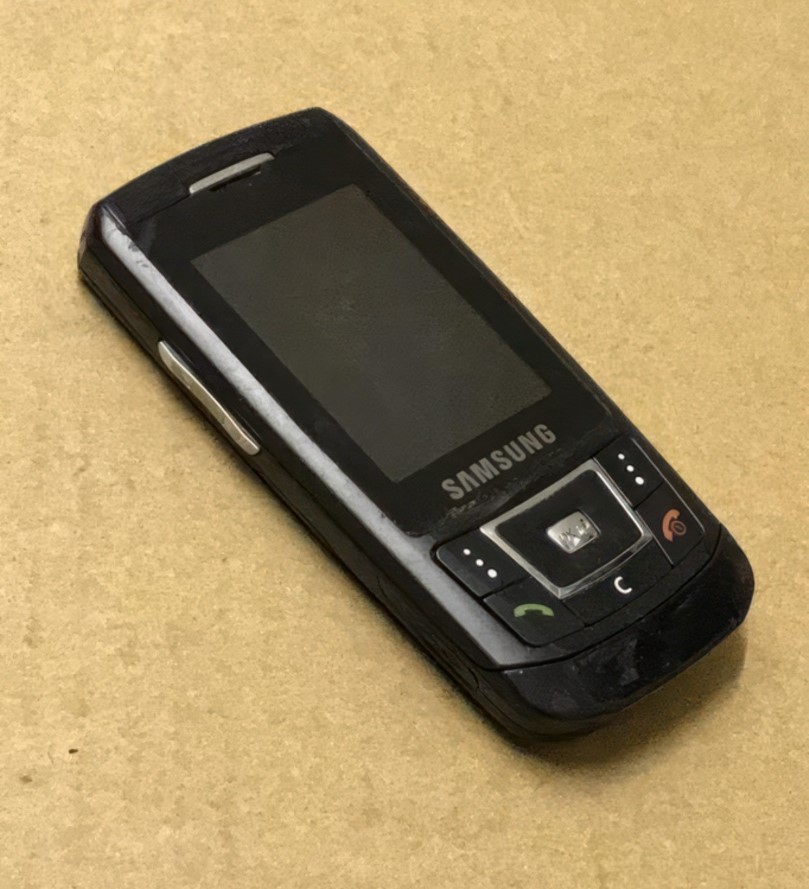
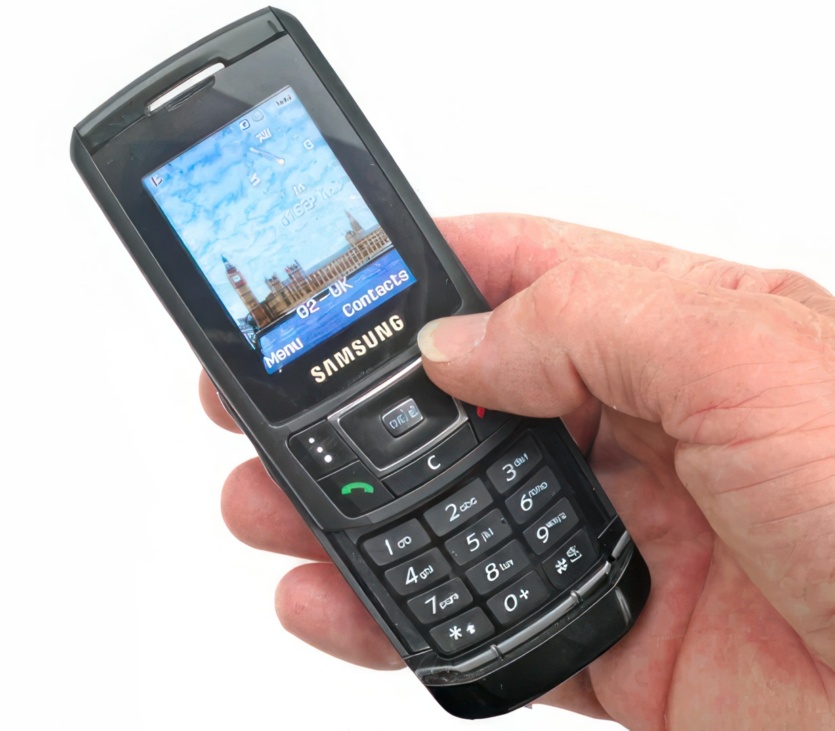
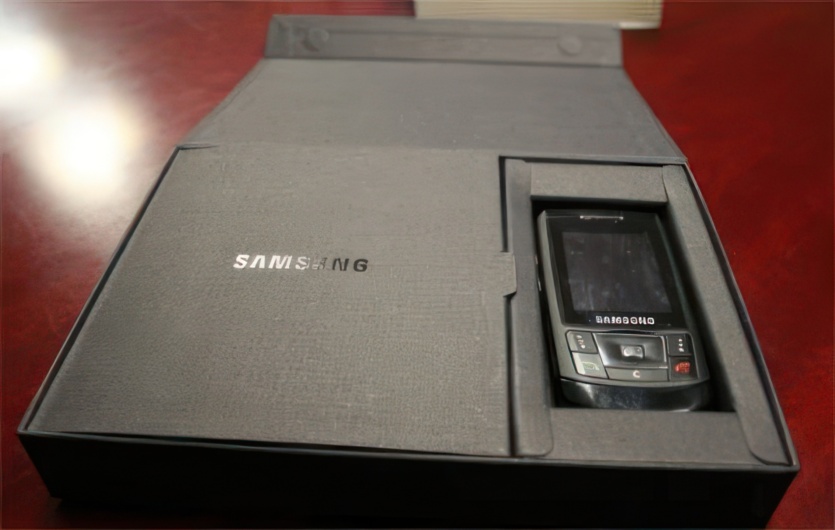
Sales of the Samsung D500 in 2005 allowed the company to reach a new level, and the D600 consolidated the Korean giant’s position in the premium segment, but progress was moving very fast, so an updated version was inevitable.
The Samsung D900 is the company’s first mass-market flagship slider to feature a 3.2 MP camera with flash and autofocus. It also boasts stable software with advanced functionality, especially compared to its predecessors.
The D900 sold well due to its beautiful design, excellent multimedia capabilities, high-quality QVGA screen, and nice bonuses such as 3D sound, TV output, office document viewer, etc. After the Samsung D900, many more top sliders from the Korean manufacturer were released, but it never received a direct continuation in the D series.
Samsung changed the flagship series to the G series, and later focused its attention only on touch screens. Not everyone realized this after the release of the Apple iPhone, but Samsung did the right thing by copying the concept of the new technological monopolist. This is what allowed it to gain a firm foothold in the market, while naive Blackberry, Nokia, Phillips, Alcatel, Palm, and Sony Ericsson failed to adapt in time.
Samsung F500
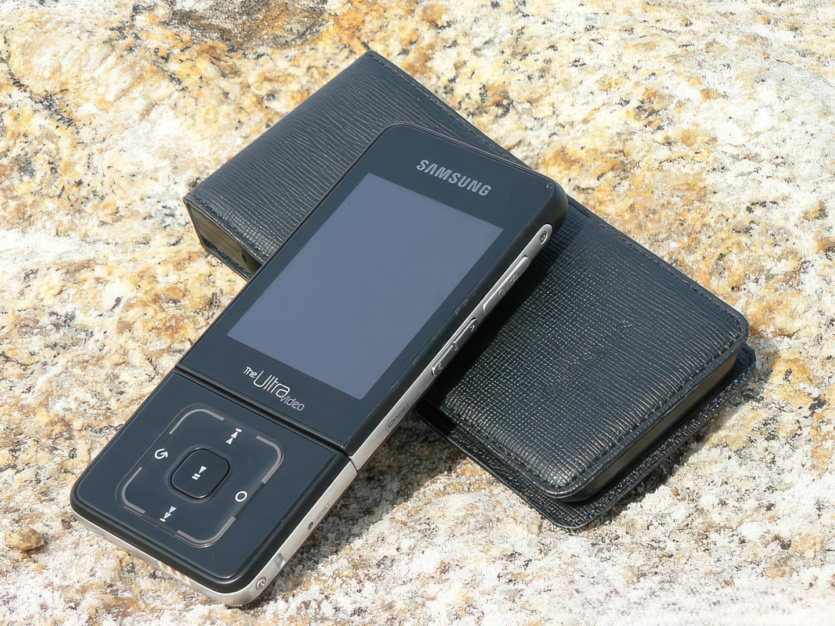
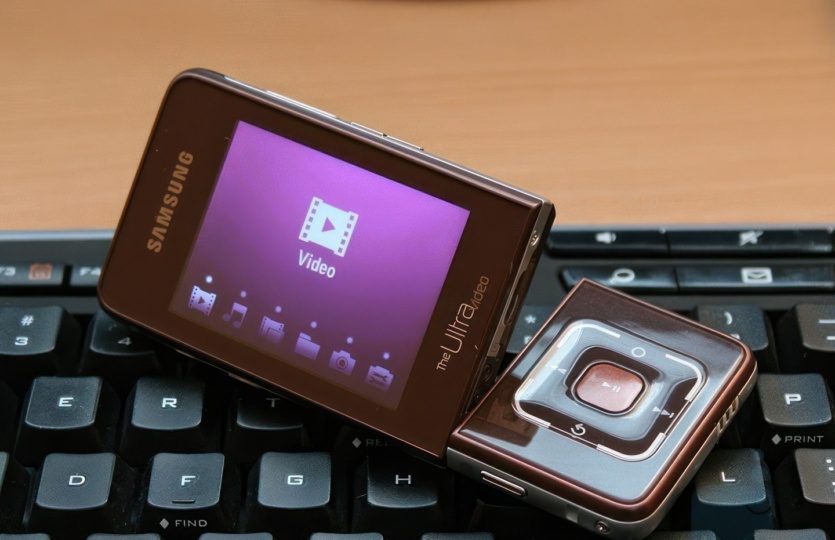
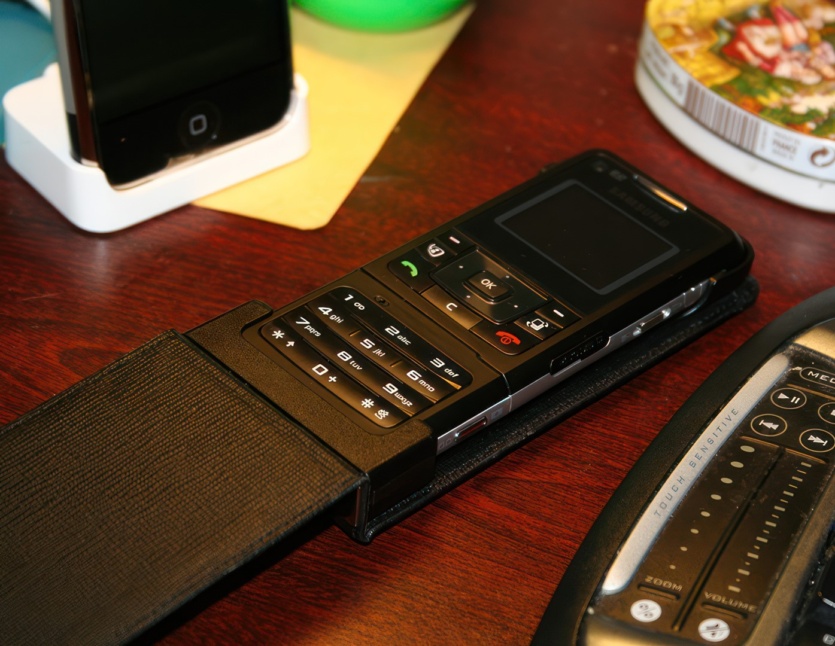
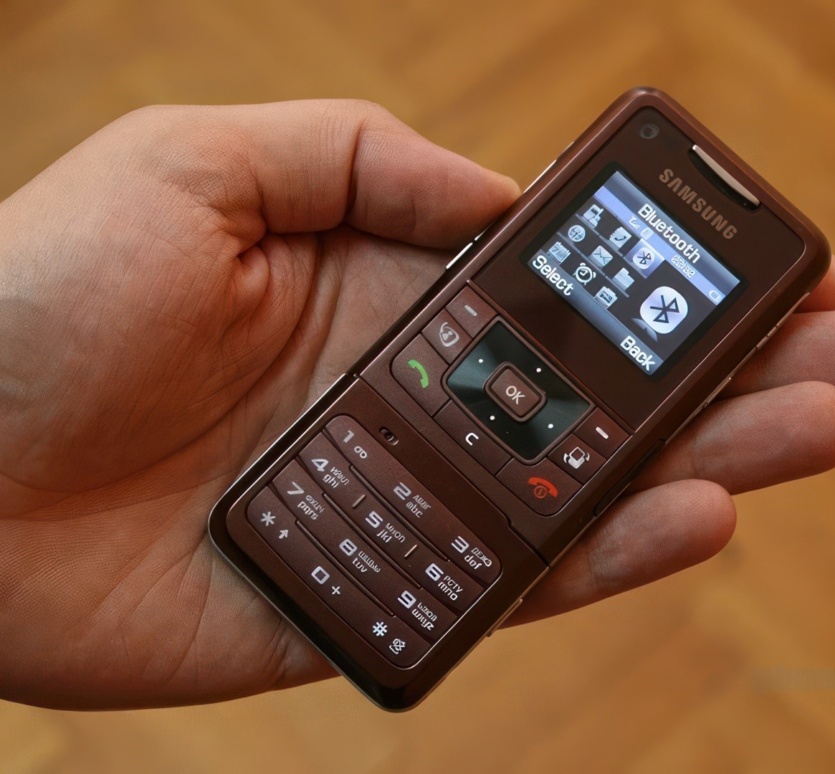
In 2006, engineers were not afraid of experiments, and music phones were gaining popularity. The two-faced Samsung F500 is a cross between an MP4 player and a cell phone in an interesting design.
On one side of the Samsung F500 there is a numeric keypad with a navigation key and a small screen, and on the other side we have a button to control the player and a large 2.4-inch screen.
There is up to 350 MB of internal storage, and for a larger collection, there is a Micro SD slot for thousands of tracks. There was also room for a 2 MP camera, which recorded not the worst 320p video. However, there is no 3.5 mm headphone jack (a method of selling original accessories), but you can connect wireless headphones via Bluetooth 2.0.
It’s no less pleasant to see the presence of a TV output (640×480p) and a player with support for DivX/MP4/WMV and MP3/AAC/AAC+/WMA. The Samsung F500 could not become a mass market device, but it has earned a good reputation among music lovers and spoiled the sales of music competitors Nokia Xpress Music and Sony Ericsson Walkman.
Philips Xenium 9@9d
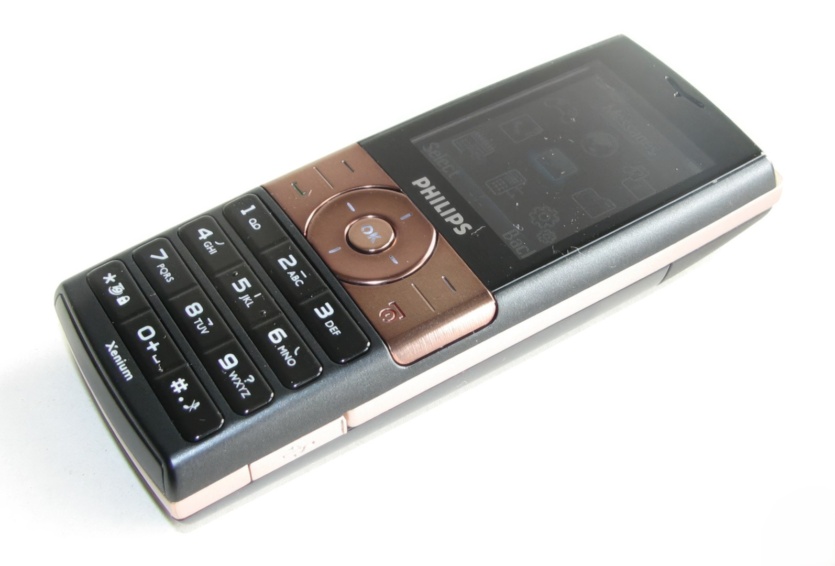
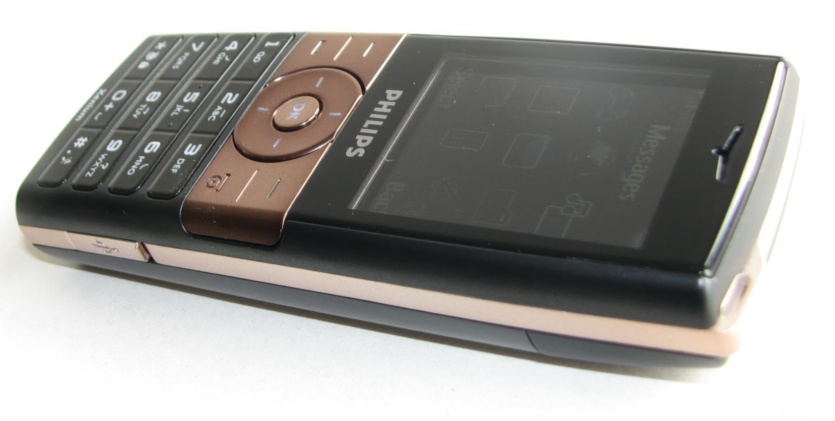
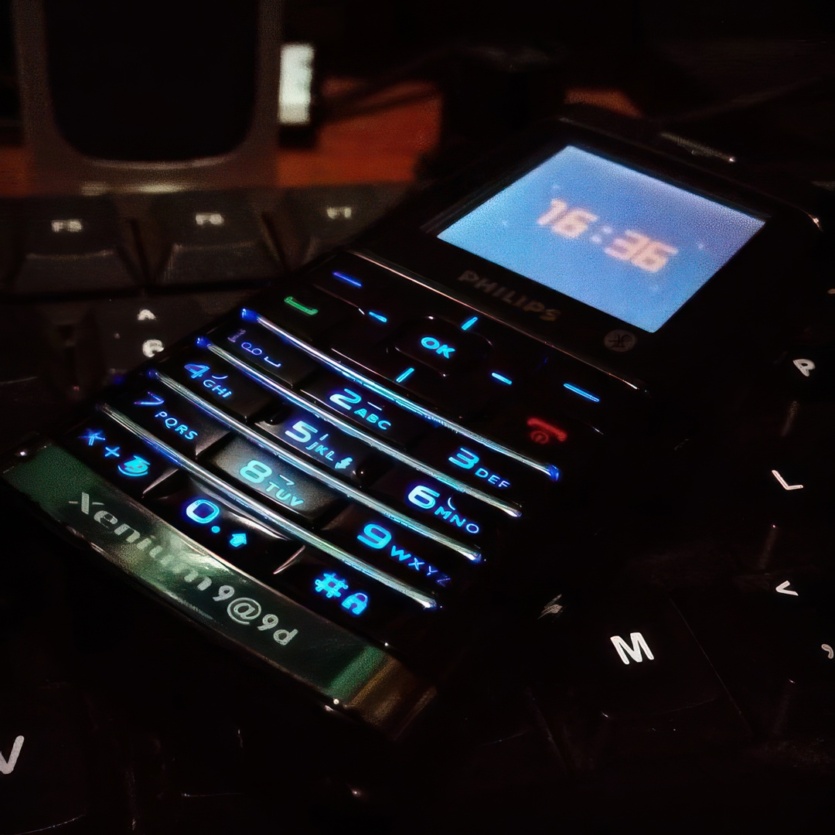
One of the last truly successful phones from Philips didn’t chase technology, but became perhaps the best device for talking in the industry. The Philips Xenium 9@9d has no memory card, a 1.3 MP camera and mediocre multimedia capabilities, but offers unprecedented battery life.
Thanks to its 1100 mAh battery and energy-efficient components (the software also played a big role), the Philips Xenium 9@9d lasted for weeks with moderate conversations. In standby mode, the phone could stand for two months, and for hyperactive «talkers» the battery lasted up to seven days, which was not the case with any other phone at the time.
Simplicity and conciseness were still valued in 2006, but the future of the industry had already been determined. After the release of the Apple iPhone, no one else wanted to use a device that didn’t distract them from anything but verbal communication. People were no longer interested in phones that were not connected to social networks, and thus the successors to the Philips Xenium 9@9d would not be able to replicate its success.
Is it nostalgia or just enjoying the article? We suggest you read the previous parts:
The world of mobile technology before the Apple iPhone: the best phones of 2000-2001
The world of mobile technology before the Apple iPhone: the best phones of 2002-2003
The world of mobile technology before the Apple iPhone: the best phones of 2004
The world of mobile technology before the Apple iPhone: the best phones of 2005 (Part 1)
The world of mobile technology before the Apple iPhone: the best phones of 2005 (Part 2)

Spelling error report
The following text will be sent to our editors: